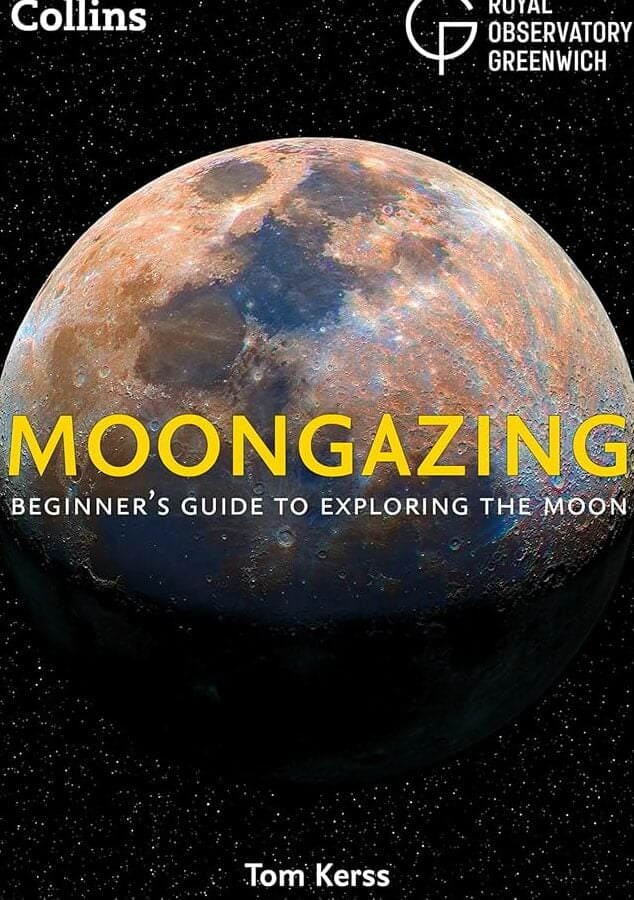When kids develop an interest in astronomy, one of the first things that often captures their attention is the moon. Whether it’s observing it with the naked eye, through binoculars, or with a telescope, the moon holds a great fascination. But what exactly can be seen on the moon? And which phase of the moon is best for making observations? For a comprehensive answer to these questions and more, be sure to check out the book “Amateur Astronomy”.
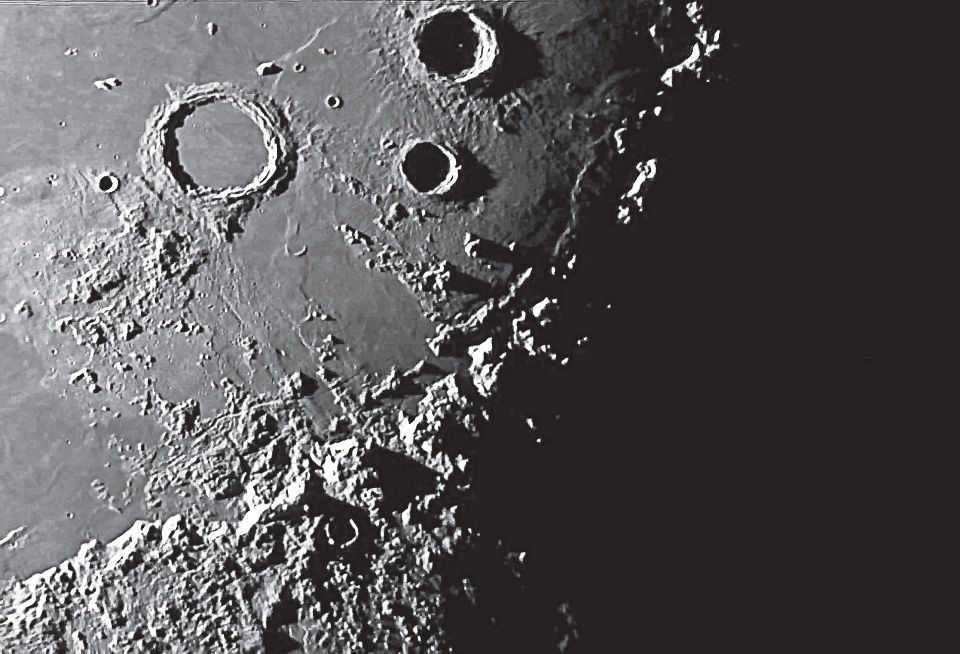

The Moon has always captivated human attention, with its enigmatic silver glow in the night sky. However, astronomers have long deciphered the Moon’s true essence – an icy rocky celestial object adorned with countless craters.
Presently, the average separation between the Earth and the Moon measures 384,467 km (approximately 30 times the diameter of the Earth). It orbits around our planet every 27.32 Earth days. The cycle of lunar phases – new moon, first quarter, full moon, last quarter, and back to new moon – takes place approximately every 29.5 days.
Due to its previous close proximity to Earth and strong tidal interactions, the Moon’s rotation around its axis was greatly decelerated, or more accurately, synchronized. Currently, the Moon takes the same amount of time to complete a revolution around its axis as it does to complete a revolution around the Earth. Consequently, our satellite always presents the same side to Earth.
When beginning your lunar observations
The Moon, being the nearest large celestial object to Earth, provides amateur astronomers with the easiest opportunity for observation. Even with the naked eye, there is much to discover. One fascinating phenomenon to observe is the “ashen light,” which is the glow from reflected Earth rays on the dark portion of the lunar disk. This effect is most visible during twilight, either in the early evening when the Moon is waxing or in the early morning when it is waning. Even without a telescope, you can still make interesting observations of the Moon’s overall features, such as identifying the outlines of its seas and landmasses.
Ever since Galileo’s time, optical instruments have made it possible to observe the Moon. By using binoculars or a small telescope with low magnification, it is possible to examine the lunar seas, the largest craters, and mountain ranges in greater detail. Even a modest optical device can provide a glimpse of the most captivating features on our satellite.
With increasing aperture, the amount of visible detail on the lunar surface expands, resulting in even more intriguing observations. Telescopes equipped with a lens diameter of 200-300 mm offer the ability to discern fine details within the structure of large craters, explore the composition of mountain ranges, observe numerous furrows and folds, and identify chains of small lunar craters.
Preparing a Telescope for Moon Observation
The Moon can be an incredibly bright object when observed through a telescope, sometimes even blinding the observer. To reduce this brightness and make the observations more comfortable, many amateur astronomers use either a neutral gray filter or a variable density polarizing filter. The latter option is often preferred as it allows for adjusting the level of light transmission from 1 to 40%.
Why is this convenient? The amount of light emitted by the Moon varies depending on its phase and the level of magnification used. Therefore, when using a regular neutral filter, the image of the Moon may appear either too bright or too dark. However, a variable density filter eliminates these issues and enables the observer to set a comfortable brightness level if needed.
When you are looking at the Moon during the first or last quarter and full moon phases, you can enhance your viewing experience by placing a softly illuminated white light behind you. It is important to ensure that the light does not shine directly into your eyes or cause any glare on your eyepieces.
This technique allows your eyes to maintain their day vision, which is actually superior to night vision. As a result, you will be able to perceive more intricate details and make full use of your visual capabilities.
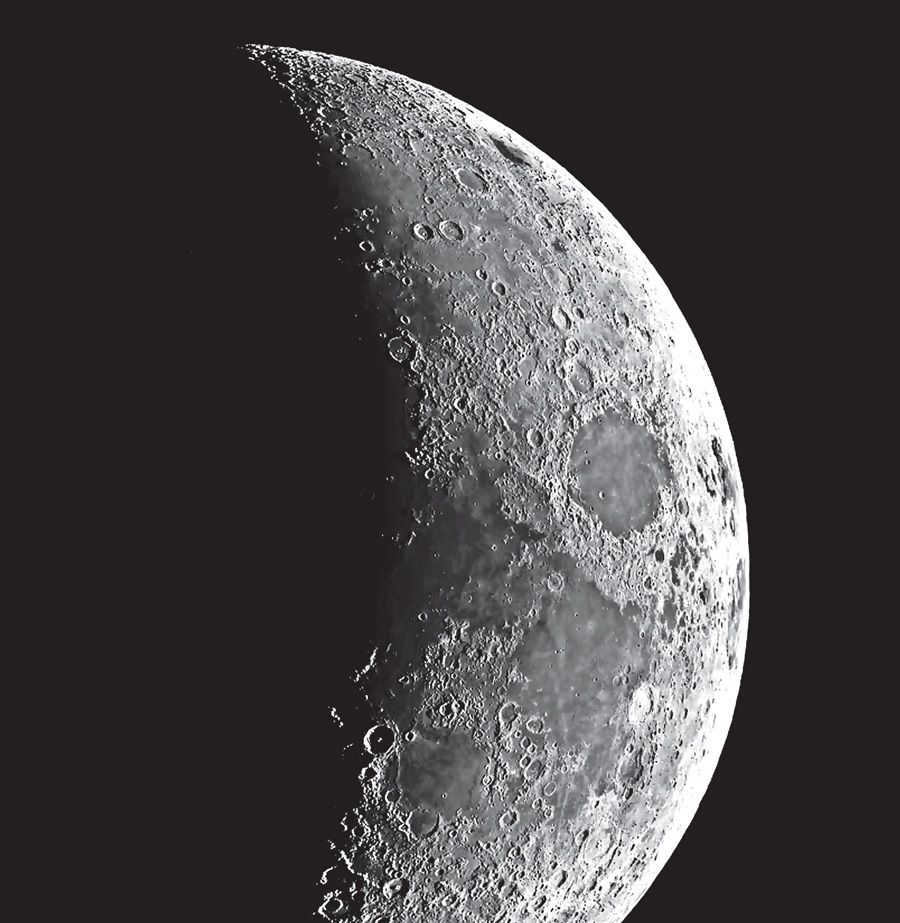
Waxing Moon
What is the optimal time to view the Moon?
Although it may initially seem counterintuitive, the full moon is not the most favorable phase for observing the Moon. This is because during this time, the Sun is positioned directly behind the Moon, casting a frontal light that results in short shadows from the mountains and a less contrasting image. The most intriguing elements for observation are the features near the lunar terminator, which marks the boundary between the illuminated and unilluminated side of our celestial companion.
The terminator, which separates day and night on the Moon, serves as a vital boundary. During the waxing phase, it marks the spot where the sun rises, while during the waning phase, it indicates sunset. The uplands near the terminator are bathed in the oblique rays of the low-lying Sun, creating long shadows.
One can easily explore the Moon’s surface by tracing the terminator each day. As it gradually moves across different regions, it unveils their unique features. For example, you can observe mountaintops that are already illuminated by the Sun’s rays, while the lower parts of the surrounding surface remain in shadow. The landscape along the terminator line is in constant flux, providing a real-time spectacle where lunar landmarks emerge from or fade into the shadows. This experience is truly unforgettable!
The most optimal time to observe the Moon is between the 2nd day following the new moon and 2-3 days after the first quarter. Similarly, it is also ideal to observe the Moon 2-3 days before the last quarter up until 2 days before the new moon.
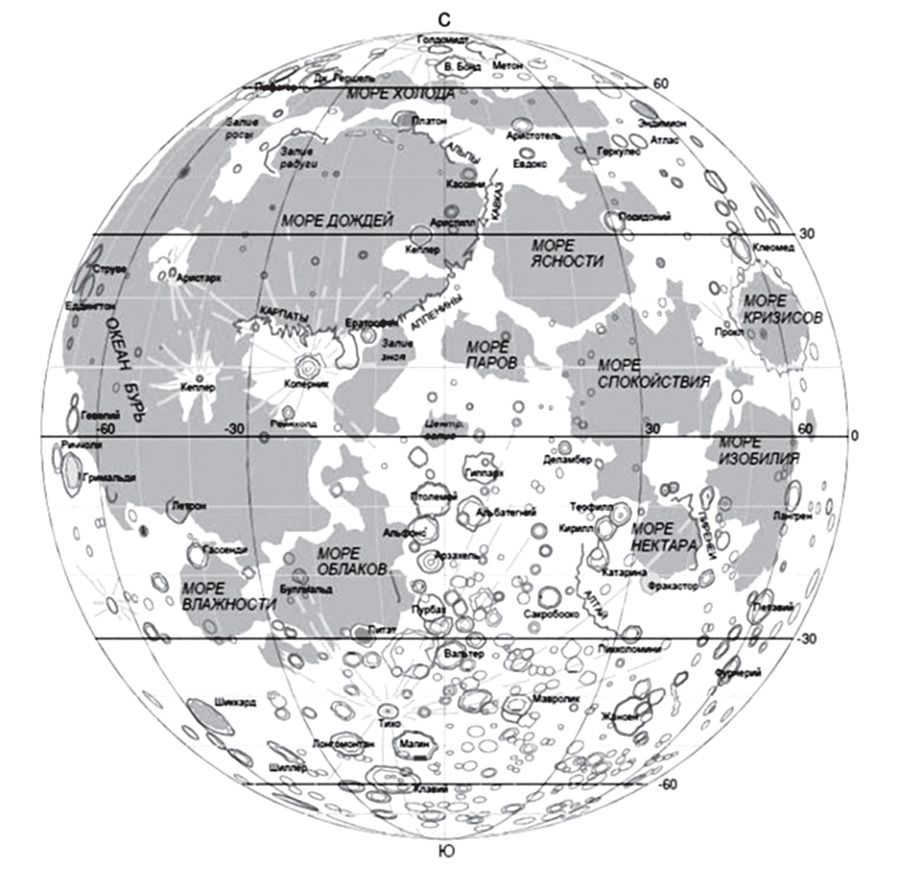
Map of the visible side of the Moon
What to observe on the Moon
The lunar surface is filled with numerous craters, which are the most common formations. The word “crater” translates to “bowl” in Latin. These craters are mainly formed as a result of the impact of celestial bodies on the Moon’s surface. Some of the largest craters can be observed using small binoculars.
These naive ideas were later disproven by scientific research. The lunar seas, which were once flooded with lava and then solidified, have a flatter appearance compared to other parts of the moon. However, over billions of years, the surface of the seas has also been affected by continuous meteorite impacts, resulting in the formation of small craters. The seas cover 40% of the visible surface area from Earth.
The lunar valleys, known as furrows, can stretch for hundreds of kilometers. They can reach widths of up to 3.5 kilometers and depths of 0.5-1 km.
The folded veins on the moon resemble ropes and are believed to be the result of deformation and compression caused by the sinking of the seas.
Lunar mountains, ranging from several hundred to several thousand meters in height, are mountain ranges that resemble chains and are formed at the edges of large craters or impact basins on the Moon. These mountains, named after Earth’s own mountain ranges such as the Apennines, the Alps, the Caucasus, the Carpathians, the Pyrenees, and the Cordilleras, are remnants of the original walls that have been partially destroyed by subsequent impacts.
For both amateur and professional astronomers, the Moon is a highly captivating celestial object to observe. Through a telescope, gazing at the Moon provides a breathtaking experience of its unique landscape and offers the possibility of witnessing enigmatic luminous phenomena!
A telescope designed for observing the Moon
Even with a basic amateur telescope, you can witness the presence of craters, depressions, mountains, and lunar seas on the Moon’s surface. However, for a more intricate examination of these lunar features, it is advisable to opt for a telescope with a larger aperture. By doing so, you will be able to catch sight of a series of mountain ranges, furrows, folds, and even smaller craters. This will undoubtedly pique your curiosity regarding the names, locations, and formation histories of these lunar objects. After all, scientists are continuously hypothesizing about the origins of numerous lunar phenomena.
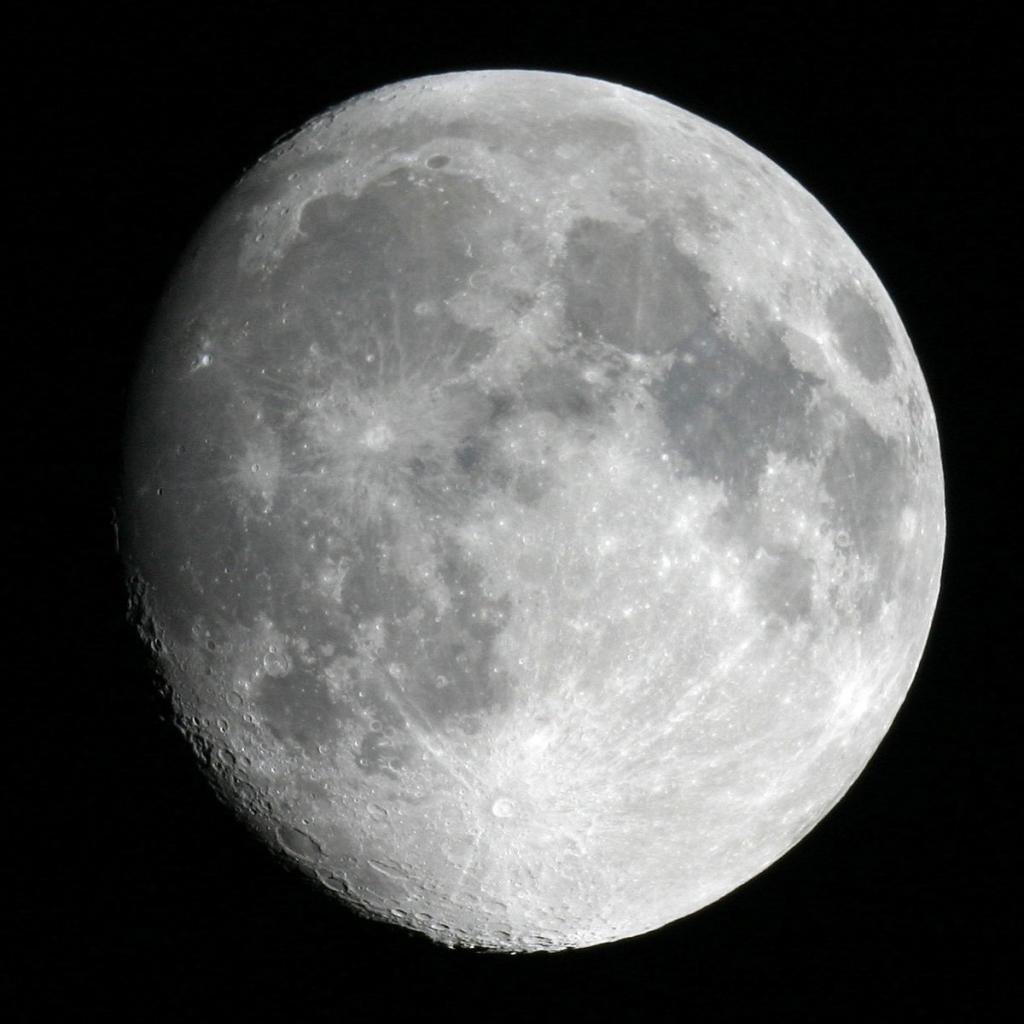
Getting the telescope ready
One of the challenges of observing the Moon is its brightness, but there are ways to address this issue. Using special gray filters or more advanced polarizing filters with adjustable density can help compensate for the Moon’s brightness based on its phase, as well as the telescope’s magnification and aperture. By using a polarizing filter, you can adjust the brightness to a comfortable level, allowing you to see more intriguing details of the Moon’s various features.
The optimal time for lunar observation
Prior to engaging in lunar observation, it is important to note that the Moon consistently presents one side to Earth, ensuring that you won’t lose your bearings. Additionally, utilizing a lunar map can significantly enhance your ability to navigate the lunar landscape.
Daytime and nighttime observation
Unlike other celestial objects, lunar observation is not hindered by daylight or city lights during nighttime hours. You can easily view the Moon from various locations, including outside the city, a balcony, or an open window in an apartment building. The waxing Moon is visible in the afternoon, while the waning Moon is best observed during the first half of the day. Interestingly, photographs of the Moon captured during the day against a backdrop of blue sky appear even more breathtaking than those taken at night against a dark black background.

It is fascinating to observe the Moon during the transition between day and night, known as the lunar Terminator. By tracking the Terminator over time, you can witness the gradual reveal and subsequent disappearance of lunar objects as they emerge from and retreat into the darkness of the night. This unique experience is truly unforgettable!
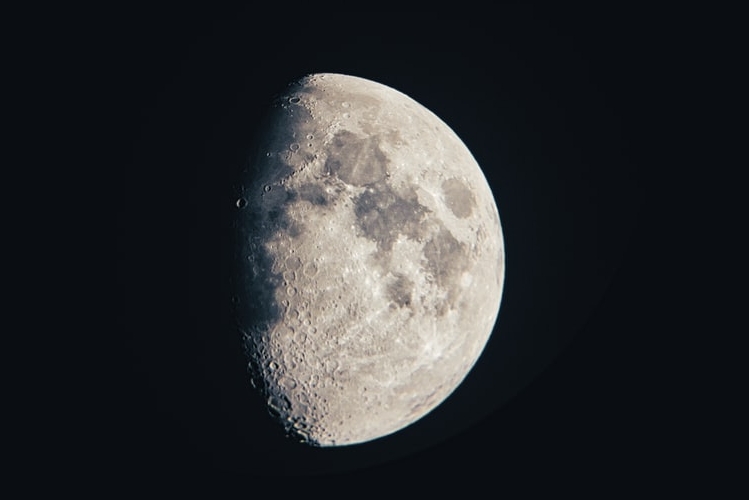
Studying the Moon throughout the "lunar month"
The "lunar month" refers to the time between one new moon and the next new moon. It has a duration of approximately 29.5 days on Earth. Within this month, there are two specific periods that are most suitable for observing the Moon: the young Moon and the aging Moon.
It may not come as a surprise, but a full moon is actually not the best time to observe the Moon. The brightness of the full moon causes the contrast of various features to fade, making many objects difficult to see.
Another important factor to consider is the elevation of the Moon above the horizon, as this can greatly affect its visibility. When the Moon is positioned higher in the sky, it is easier to observe due to the reduced atmospheric interference. This means that when looking through a telescope, the image of the Moon will appear sharp, clear, and undistorted. This is because the moonlight passes through the thinnest layers of the atmosphere, which are located at higher altitudes. It is worth noting that the Moon’s altitude varies throughout the year, so its visibility may change accordingly.
Distance from Earth
The Earth’s moon orbits around our planet in an elliptical path and currently finds itself at its minimum distance. This point in the orbit, known as “perigee,” results in the moon appearing larger in size, providing astronomers with the opportunity to observe objects on the moon with greater detail. However, it is still worthwhile to observe the moon at smaller sizes or during its “apogee” stage. Regardless of the specific period, the moon always presents a breathtaking sight!
What can a telescope reveal about the Moon?
Let’s start by acknowledging the fact that even the most advanced telescopes cannot capture objects smaller than 1 km on the Moon. This means that you won’t be able to see moon rovers, Apollos, their traces, or the iconic American flag. However, there was a time in the early 19th century when many believed a sensational publication about astronomer John Kerschel. It was claimed that he had assembled a powerful telescope and observed unicorns, flying creatures, and tailless beavers on the Moon. Of course, this was pure fantasy. Our focus, however, is on real objects and the lunar surface structure.
Oceans. The lunar oceans appear as dark patches and cover approximately half of the Moon’s surface. Many of them are visible to the naked eye during a full moon. Scientific research has confirmed that these oceans have been filled with molten lava since ancient times.
Impact Craters. The Moon is home to an abundance of craters, formed by the collision of celestial bodies. Among the most well-known are Copernicus, which boasts a prominent ray system, the ancient Posidonius, the brilliantly illuminated Aristarchus, the youthful Eudoxus, Lungren, the renowned Tycho with its clearly visible light rays, and Plato, famous for its mysterious glow.
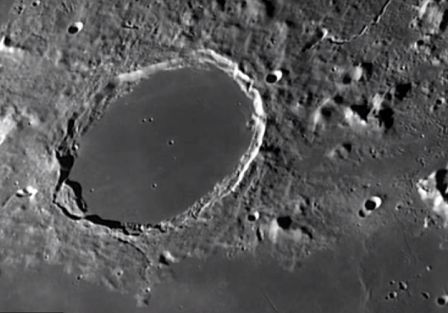
An endless array of furrows, veins, and mountain ranges can be observed through a telescope, along with the enigmatic elevations that adorn the lunar “dome”, whose origins remain a mystery. The breathtaking spectacle of a lunar eclipse, as well as the phenomenon of a “double moon” known as the “great opposition of Mars”, never fail to captivate.
By the start of the 20th century, scientists had already amassed a satisfactory amount of documented lunar luminosity, which had been observed through telescopes. The presence of stationary and moving lights was frequently mentioned, as well as bright flashes that illuminated dormant volcanic craters. There were also reports of fleeting luminous spots and the observation of light paths in the shape of circles or straight lines.
Videos were captured of dark spots that moved swiftly or seemed to float on the Moon’s surface. The movement of clouds over the Moon, where there is no atmosphere, remains a mystery. In 1958, Professor Kozyrev documented a red cloud over the Alfons crater that was observed for over two hours.
When looking through your telescope, it is possible that you may witness the most astonishing lunar phenomena that have yet to be explained!
Wishing you luck as you embark on your journey to explore the moon!
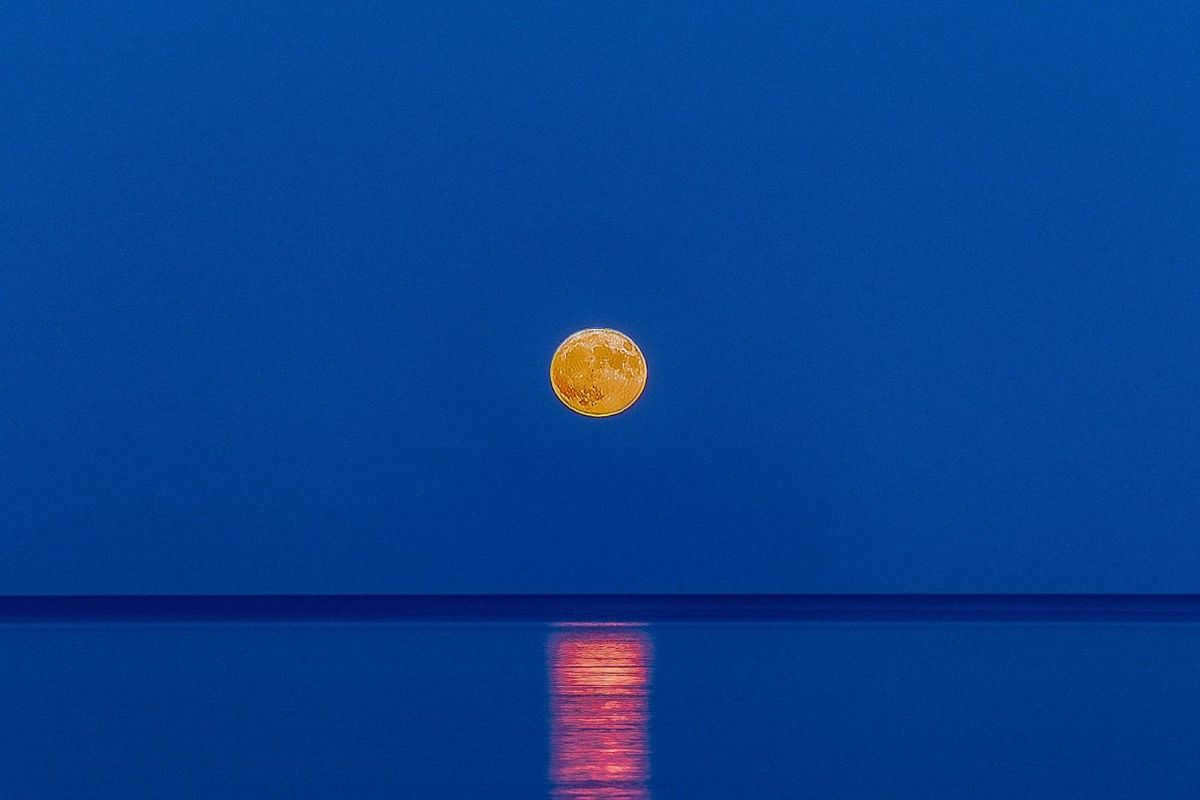
The Moon is the initial celestial object that individuals encounter, unless, of course, we take into account the Earth and the Sun. When a beginner amateur astronomer obtains a telescope or binoculars, their first instinct is to search for the Moon.
A glimpse of our planet’s satellite never fails to leave a lasting impression on the audience. Vast and textured, with numerous craters and mountain ranges, it appears completely different from the yellowish speck that we are accustomed to seeing with our naked eyes.
The relief of the Moon is initially captivating for anyone observing it, as a shadow gradually moves across its surface throughout the month. Along the terminator line, the small details of the topography create a sharp contrast between the light and dark sides.
Sooner or later, though, the novice stargazer will crave more. This craving leads to the gas giants: Jupiter, with its swirling cloud formations, Saturn’s majestic rings, the distant and pale Uranus, the reddish orb of Mars, or the crescent shape of Venus. These awe-inspiring celestial wonders have a way of making the Moon seem insignificant.
Afterwards, hobbyists can enhance their stargazing abilities by honing their skills or investing in a telescope mount with an automatic guidance system.
When it comes to astronomy, a telescope mount is a device that provides rotational support. It serves a dual purpose. Firstly, it acts as a connecting link between the tripod and the telescope itself. Secondly, it allows the telescope to rotate, enabling precise pointing at celestial objects and compensating for the Earth’s daily rotation.
Using such gadgets, amateur astronomers can explore the vast expanse of space – a diverse collection of celestial objects. The faint galaxies and nebulae are gradually overshadowing the fascination with the Moon.
Human beings have successfully touched down on its surface and have even returned with samples of its soil. Many individuals consider it to be a monotonous mass of rock with no mysteries left to uncover. But is that truly the case?
At the surface of the lifeless satellite, there are brief lunar phenomena (BLPs). These are specific irregularities in the visual aspect of the moon’s exterior and the surrounding area. It is a significant expression commonly encountered in scientific publications.
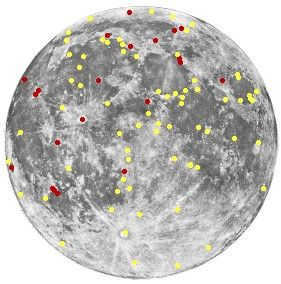
Visualization of short-term lunar events
To gain an understanding of short-term lunar events, we have chosen to follow the official classification as outlined in David Darling’s book, “Short-Term Lunar Phenomena – An Observer’s Guide.”
It is important to note that the Moon is situated within the Earth’s tidal capture zone, resulting in synchronized orbits where one side of the satellite is always facing our planet. While this is true, it is not entirely accurate. The “dark side of the moon” is partially visible due to the phenomenon of libration.
An observer on Earth is able to see not just half, but a total of 59% of the lunar surface.
Librations and phases of the Moon for the year 2023. As per the information provided on the NASA website.
Transient lunar phenomena – refer to short-lived processes. These phenomena have a physical nature and can be observed using technical methods. Based on descriptions found in astronomical literature, the authors of this article have created a visualization of typical CLL using computer graphics resources.
Emissions of gas can cause erosion on the lunar surface or lead to peculiar auroras. These emissions are most frequently observed in Plato Crater and the Sea of Crises.
Brightenings are commonly observed on the ramparts of Aristarchus and Proclus craters. They occur due to variations in albedo that are not entirely understood.
An unstable ink-colored blotch is observed as the darkening phenomenon. The craters Picard and Reiner are abundant in such blotches.
Aristarchus is known for the presence of bluish and reddish auroras. However, specific conditions need to be met in order to observe them, such as shading on the Moon’s surface. These auroras are believed to be caused by the glow of ionized gases.
Interesting shadowy phenomena occur when unexpected shadows are registered, such as at the bottom of a large crater when the Sun is directly overhead.
Bright and brief explosions known as starbursts are typically caused by meteorite impacts. During an impact event, the kinetic energy of the rock is partially converted into radiant energy.
Reasons for temporary lunar occurrences
There is no mysticism involved in temporary lunar phenomena. If a visible light photon is emitted, we can track the path of the quantum and speculate on the circumstances that accompanied its creation.
In summary, according to Cameron, we can tentatively identify two sources of QLYs: impact events (such as the collision of a meteorite with Earth or another celestial body) and a diverse range of phenomena caused by geological processes on the Moon.
A significant portion of the KLE will revolve around gas. Firstly, it needs to be obtained from somewhere. It is extracted from lunar rocks through the gradual decay of radioactive elements.
The gravitational forces exerted by the Earth on the Moon are 32.5 times greater than the gravitational forces from the Moon on the Earth. Every two weeks, these forces result in lunar tremors.
The Earth’s gravitational field causes the lunar basalts to stretch, which greatly displeases them and triggers the forces of elasticity. This causes local disturbances that generate a slight amount of heat. Additionally, the basalt experiences extreme temperature changes when transitioning from shadow to light, going from -100 °C to +120 °C. This sudden expansion contributes to the rocking motion of the basalt.
It’s important to note that the effects of piezoelectricity cannot be disregarded. Significant mechanical changes in rocks lead to the generation of an electromagnetic field. When the rock cracks, gas is released and begins to emit light.
Ultraviolet rays emitted by the sun cause the gas to become ionized. By bypassing the Earth’s magnetosphere, the Moon undergoes regular fluctuations in its own electromagnetic field. Although it is quite weak and results from residual magnetism, it has the ability to generate localized discharges.
While the Moon lacks an atmosphere, it does experience storms. However, these storms are unlike the hurricanes found on Mars and possess distinct characteristics.
Through the combined effects of ultraviolet radiation and the low electrical conductivity of lunar rocks, a potential difference arises on either side of the terminator. As stated in the book “The Lunar Source Book: a user’s guide to the Moon“, the electrified dust can elevate to heights of approximately 10 meters and remain suspended for a period of time. These “clouds” provide a shielding effect on the surface and can even exhibit limited movement.
All of these processes reinforce one another. The gas being released disrupts the dust, causing it to soar above the crater and resulting in anomalies in visibility.
When explained in words, everything seems to make sense, but the precise mechanism of the KLE will only be fully understood through manned expeditions.
Exploring the Moon with the Help of Neural Networks
In order to verify the sighting of the FLL in a specific location and time, compelling evidence of the observation must be provided, which poses a challenge for amateurs.
It is impossible to predict when and where the natural conditions will align in such a way that a lunar phenomenon becomes visible to an astronomer. It cannot be observed at a glance. The only option is to systematically monitor the recorded video stream.
Fortunately, technology is here to assist us in the form of artificial intelligence.
Hakan Kayal, a German scientist and professor of space technology at the Julius-Maximilians-University of Würzburg, has taken the initiative to automate the image analysis process as much as possible.
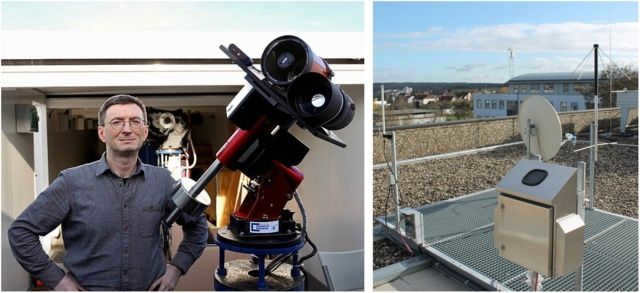
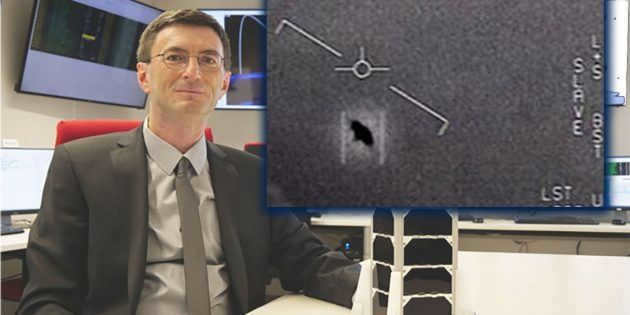
“To expand the capabilities of the camera system, I propose integrating supplementary infrared sensors that allow observation of the sky in a distinct spectral range. Additionally, implementing a telescope-based tracking system would greatly enhance the system’s ability to swiftly align with and closely examine moving objects, continuously tracking their trajectory.”
Utilizing streaming algorithms, a computer is not subject to fatigue and solely necessitates periodic maintenance. This grants it a significant advantage over human astronomers, although it still necessitates human operation.
Our Encounter with Lunar Phenomena and the Results that Followed
Of course, we couldn’t ignore the fleeting lunar phenomena.
In order to spot an anomaly on the surface of the moon, all you need is a telescope and a clear night sky. However, there are certain complexities that arise in this situation. The primary one being, how do we convincingly document the act of observation itself? The answer may seem obvious: capture the satellite on camera.
Unfortunately, the first night proved to be unsuitable for observation. The lunar disk was obstructed by cloud cover, and the presence of ice crystals in the atmosphere created a distinct halo that made visualization difficult.
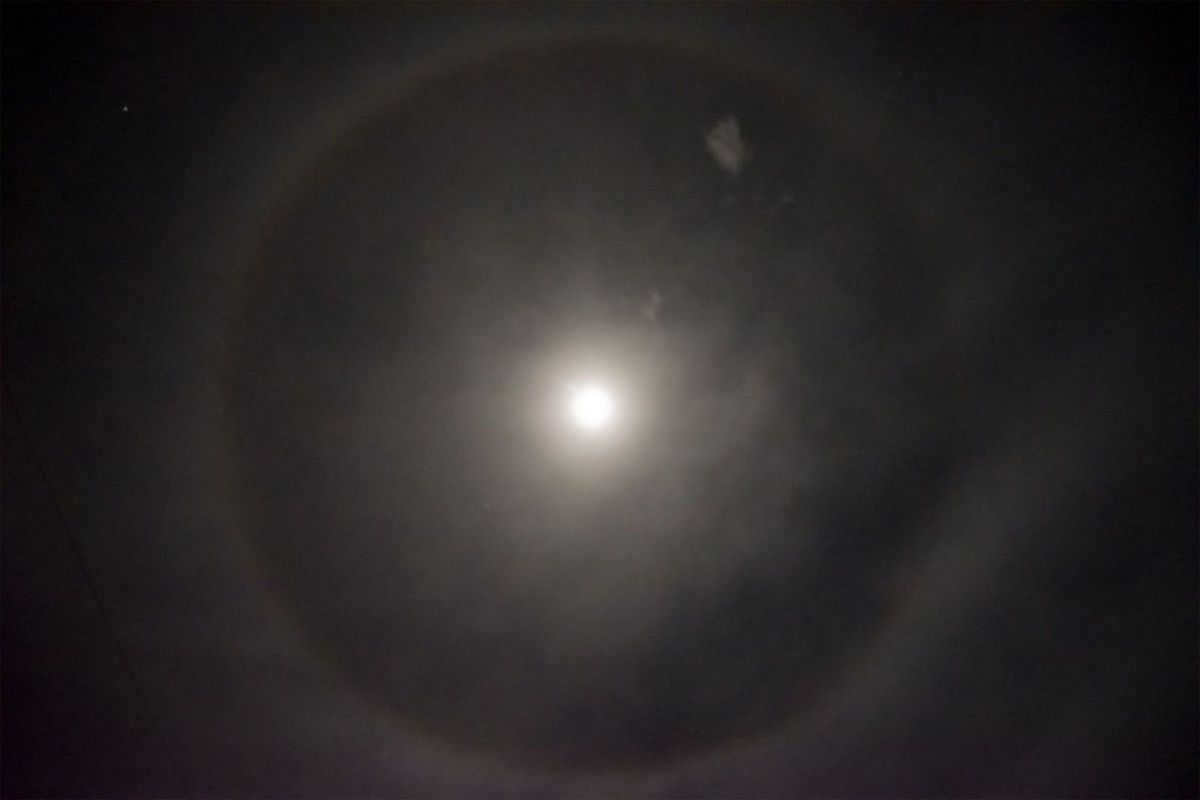
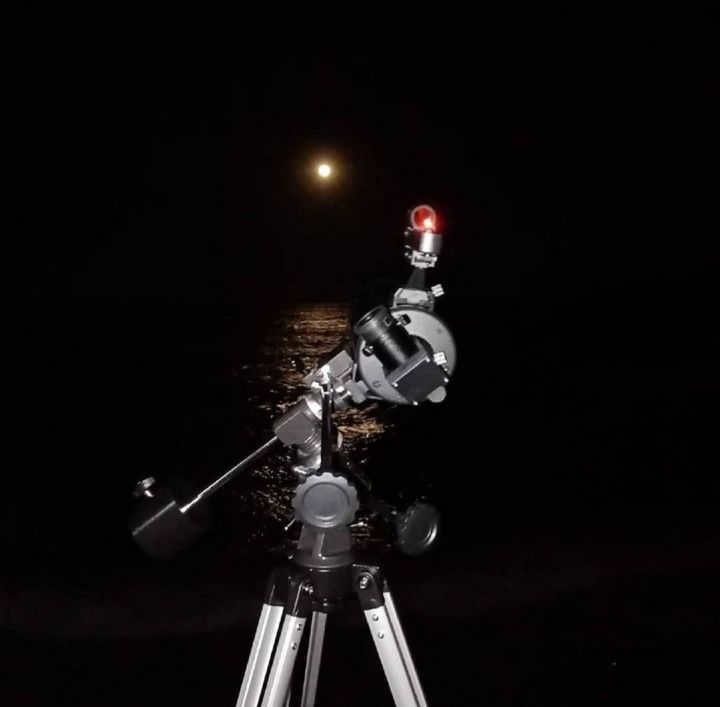
We possessed the telescope. It was a Levenhuk Skyline PRO 90 MAK, constructed based on the Maksutov-Cassegrain design. The mirror-lens instrument combines the benefits of refractor and reflector telescopes. A 90 mm aperture collects light. A focal length of 1250 mm is packed into a tube that is 25 cm in length, providing a resolution of up to 1.5 angular seconds.
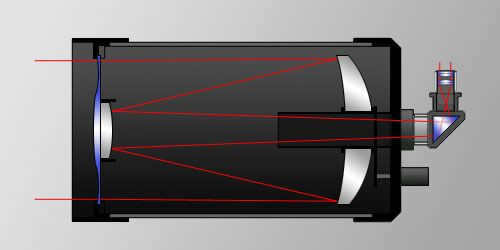

This telescope has a penetrating power of 11.7 stellar magnitudes. Is this considered a high or low value? Let’s delve into it.
In ancient Greece, people started to question the differences between stars. The answer seemed obvious, as any observer could confidently state that Sirius is brighter than some faint point that doesn’t even have a proper name. Thus, stellar magnitude became a unit without dimensions. The higher the number, the dimmer the light emitted by the star.
It was later discovered that stellar magnitudes were not as straightforward as initially thought. The connection between actual brightness and apparent brightness follows a logarithmic pattern. This implies that the human eye interprets an increase in brightness to be the same as a change of the same magnitude, regardless of the actual value.
In 1856, Norman Pogson formulated the subsequent equation:

A decrease in brightness by a factor of 100 is perceived as a 5-point increase in the magnitude of a star.
When it comes to observational astronomy, a convention is established where zero magnitude is assigned to Vega. Objects that are brighter than Vega have negative magnitudes. For example, the Sun has a magnitude of −26.7m and the full Moon has a magnitude of −12.7m.
The Levenguc telescope is capable of comfortably observing the Moon, planets, and the brightest objects from the Messier catalog. However, when it comes to observing deep sky objects, this telescope is not ideal due to its limited brightness. Lunar and planetary observations are not significantly affected by this limitation as objects in the solar system are usually quite bright.
Astrophotography is a complex field with many nuances. At a basic level, a camera with a tripod is sufficient for household astrophotography.
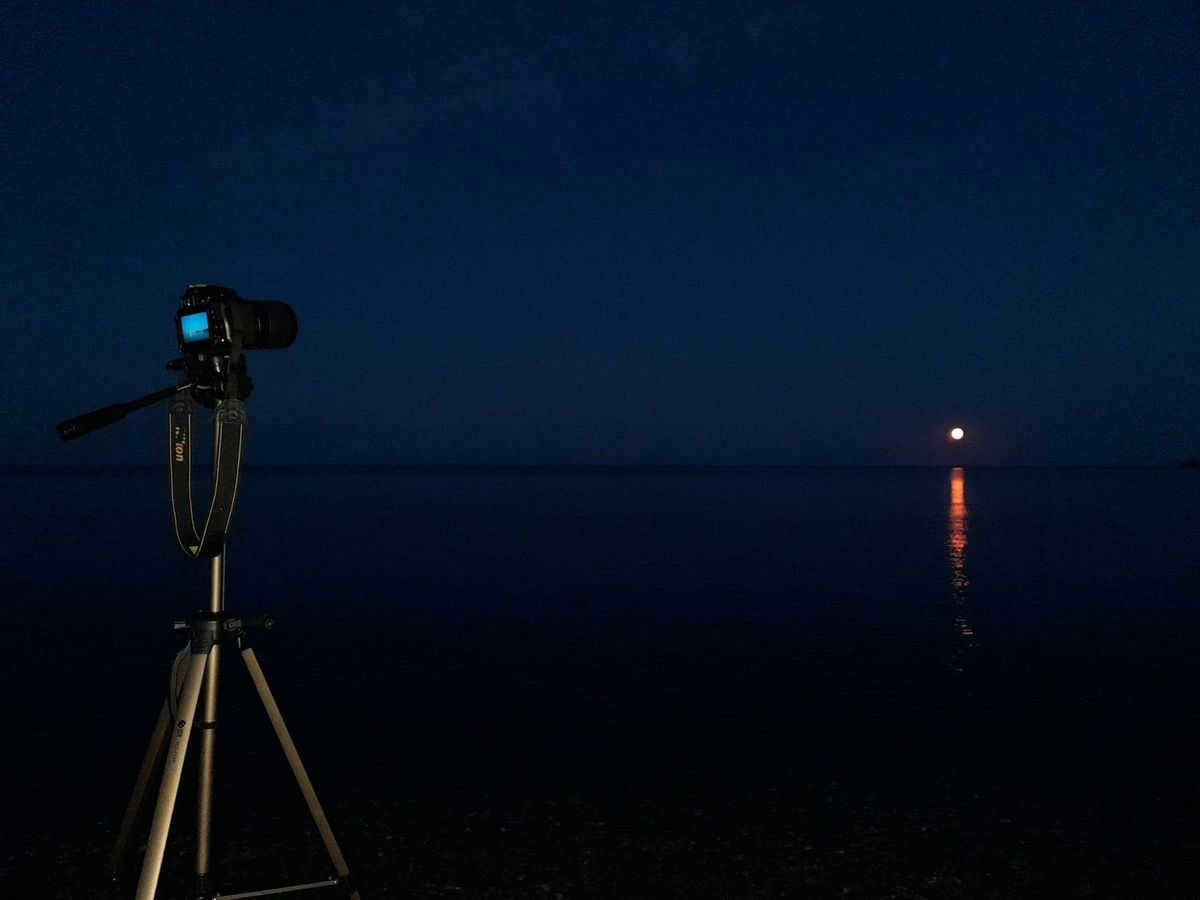

Regrettably, the lens’s power was insufficient to achieve the desired level of magnification. Therefore, it became necessary to transform the telescope itself into a lens. Initially, the issue revolved around finding a way to “connect” the camera and the telescope, specifically through projection.
As time went by, the moon transitioned from one phase to another. Initially, we had some entertaining experiments with placing the Galaxy A21 S smartphone in front of the 1.25” eyepiece. After some extensive post-processing, we managed to obtain a relatively usable image.
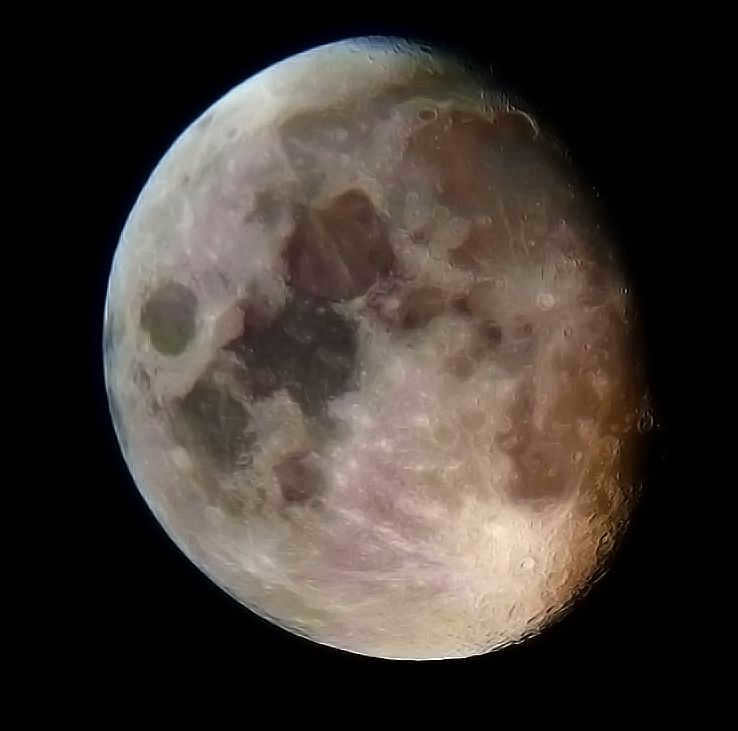
When there are more obstacles between the camera sensor and the telescope, the quality of the image deteriorates. There are numerous smartphone adapters available on the market that allow the user to have more control over the device. However, these adapters do not address the inherent limitations of the ocular projection technique.
Therefore, it is necessary to use direct projection by positioning the camera sensor directly in the focal point of the telescope.
Building an Astrocamera from Scratch
For this project, we decided to repurpose an old webcam that we stumbled upon in a forgotten desk drawer. Despite its low market value of just $5, we saw the potential it held for creating our very own astrocamera.

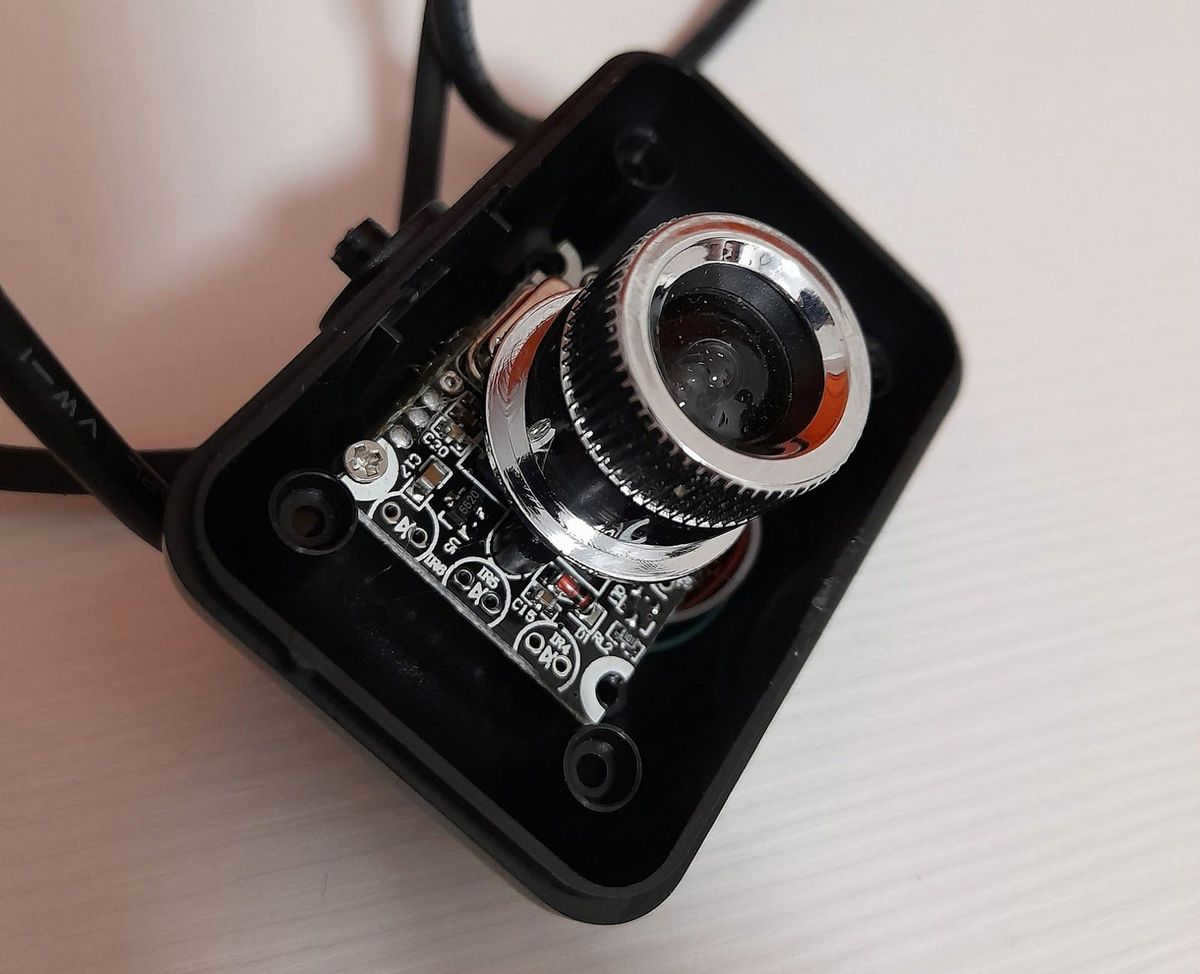
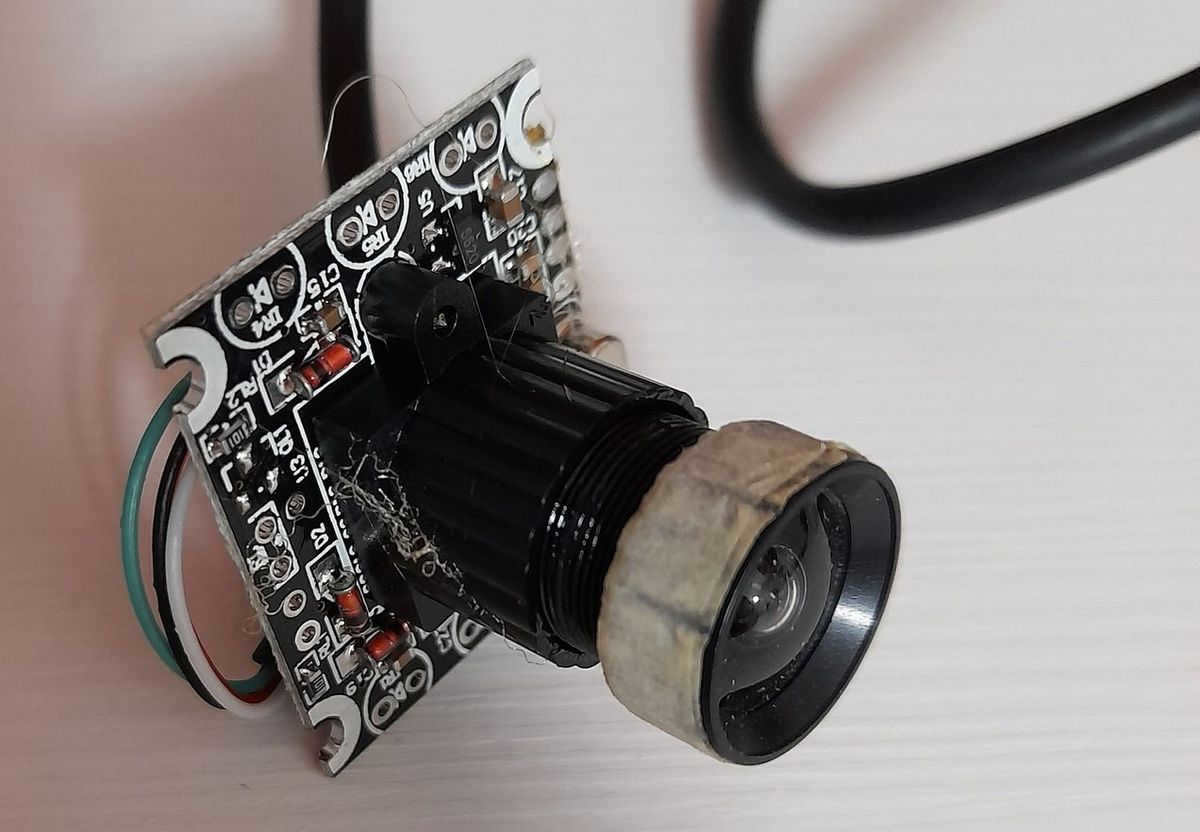
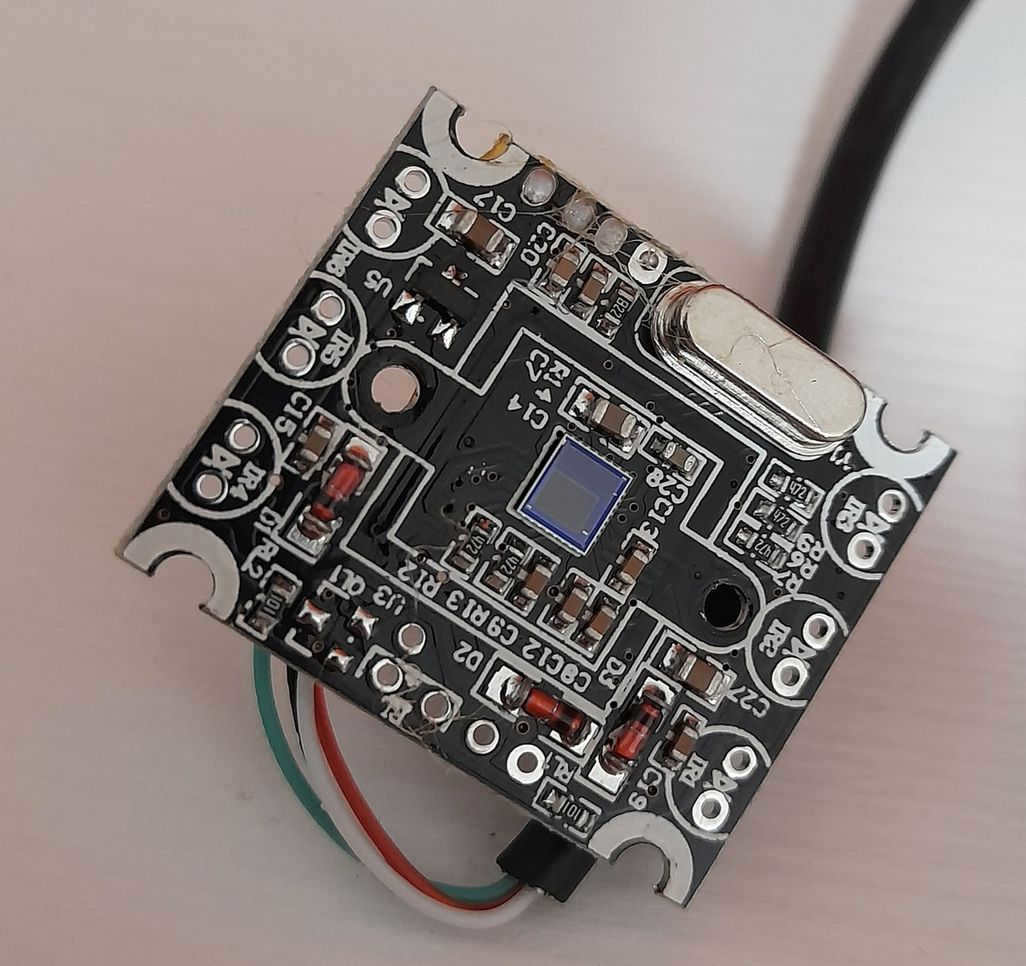
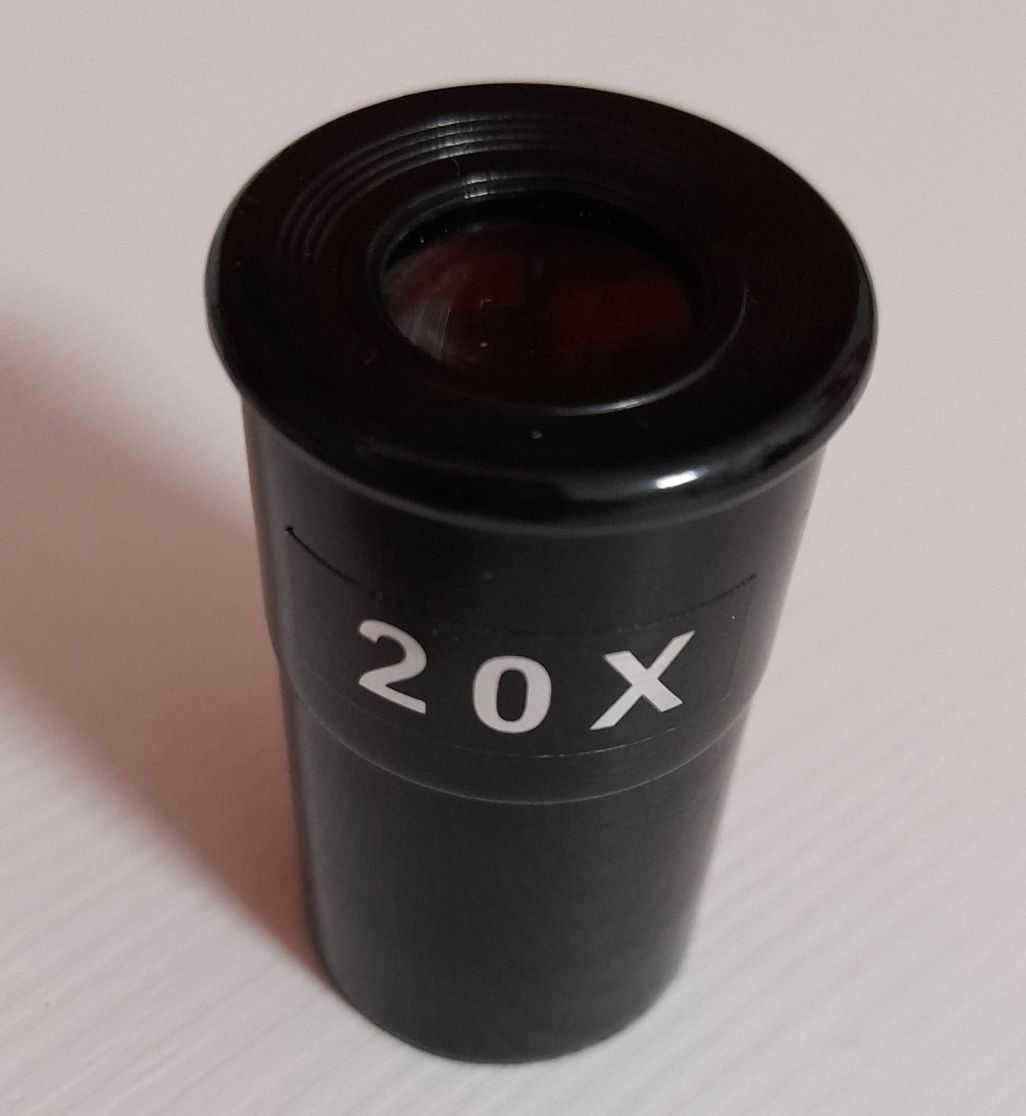
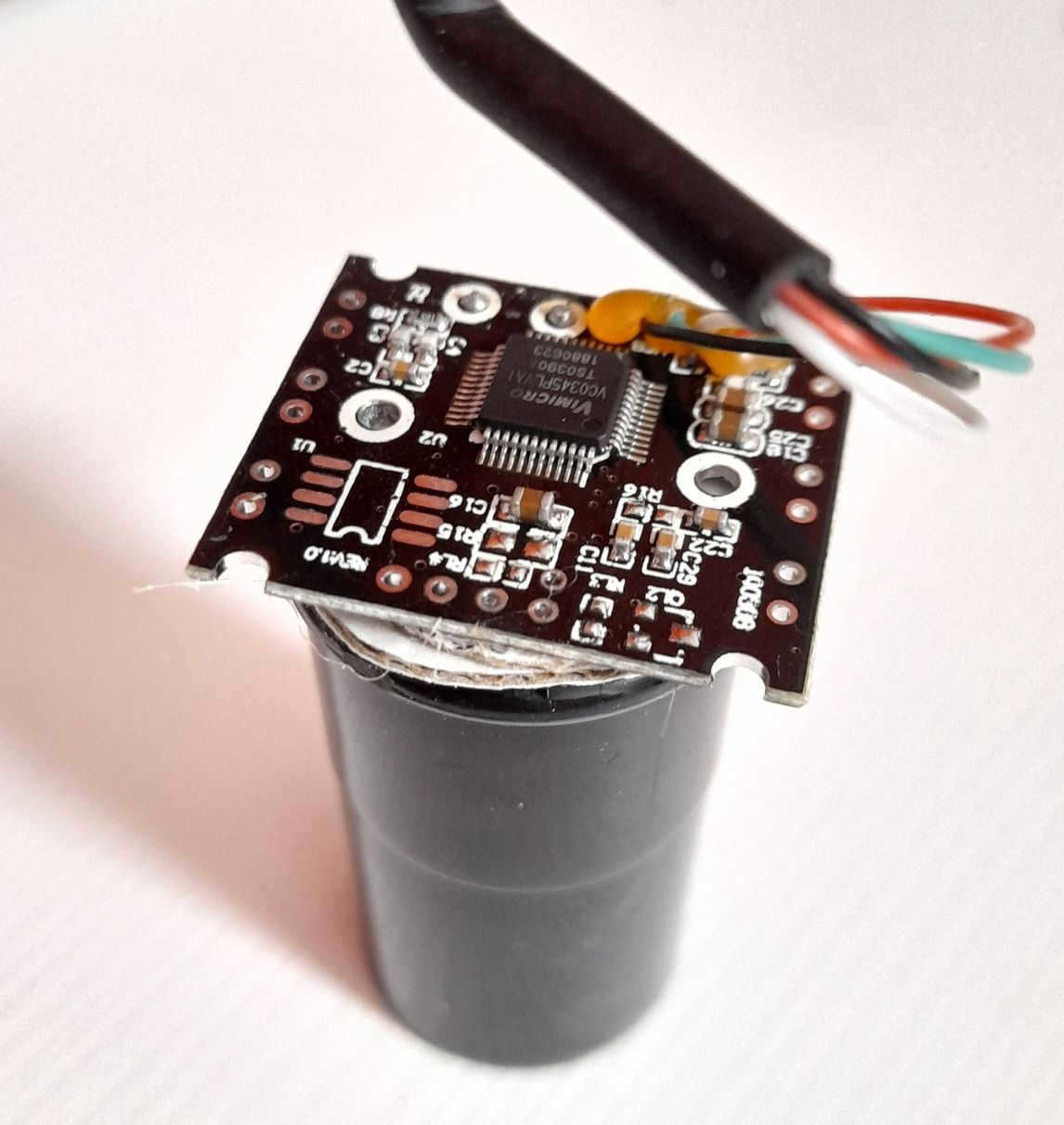
Civilization brings many benefits to humanity, but it also obscures the beauty of the night sky. The gentle beams emanating from outer space are obstructed by the bright lights of sprawling metropolises.
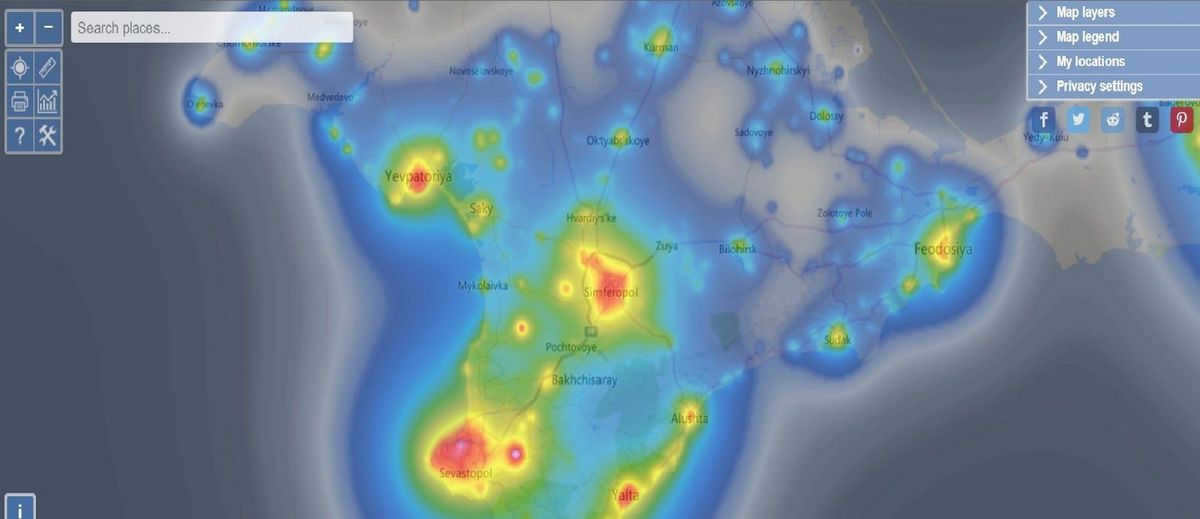
Deep sky is not possible in the cities that are striving to become cities with a population of one million. Only a few of the most luminous stars, planets, and the Moon are visible from the balcony.
The situation is completely different in the mountains. A complete and vibrant Milky Way stretches across the sky above them.
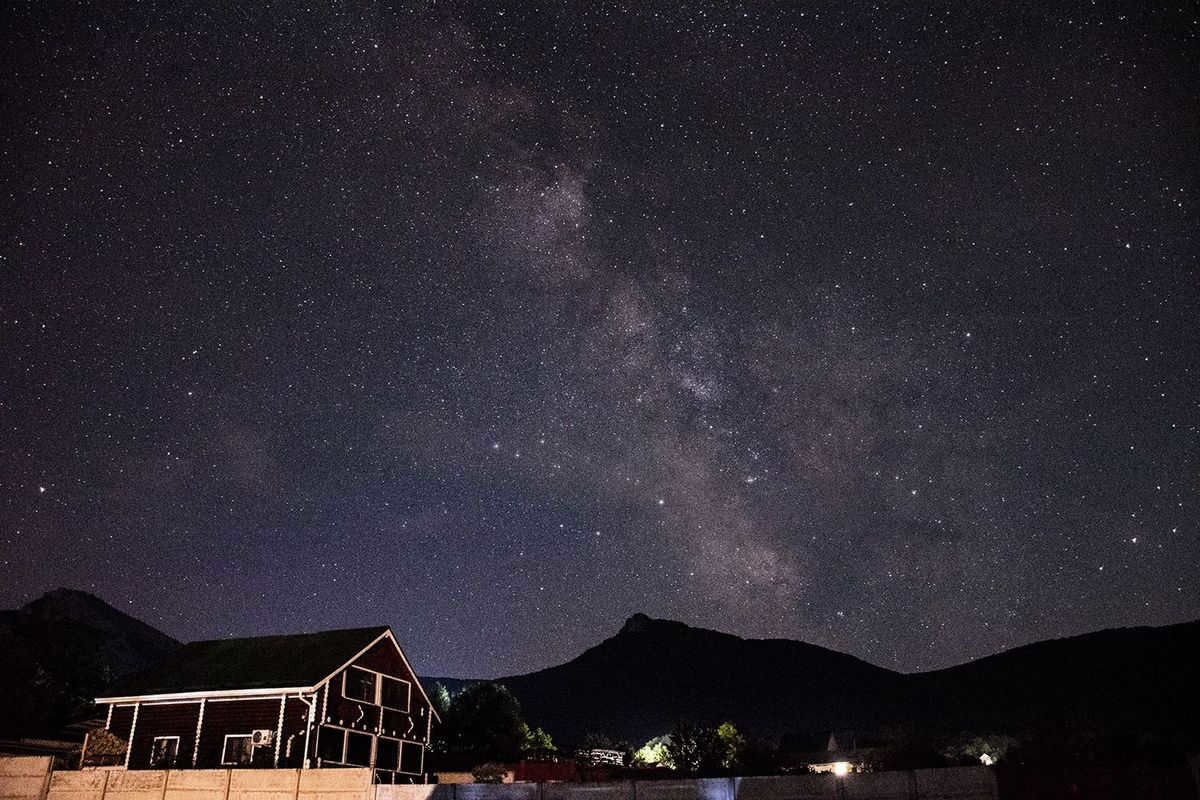
When utilizing the webcam, several issues arose. The primary difficulties encountered were chromatic aberration and a limited field of view.
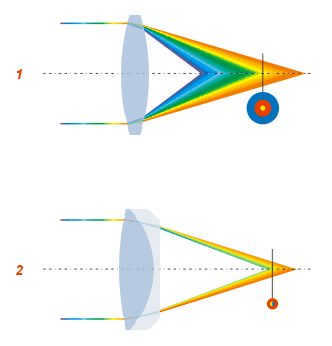
What causes chromatic aberrations?
A telescope captures light using a refractive lens. As white light is made up of rays from the visible spectrum, diffraction (refraction) creates multiple colored images that are slightly displaced from each other.
The initial ones were addressed during the post-processing phase. The relatively large frames shown below were created by combining several frames together.
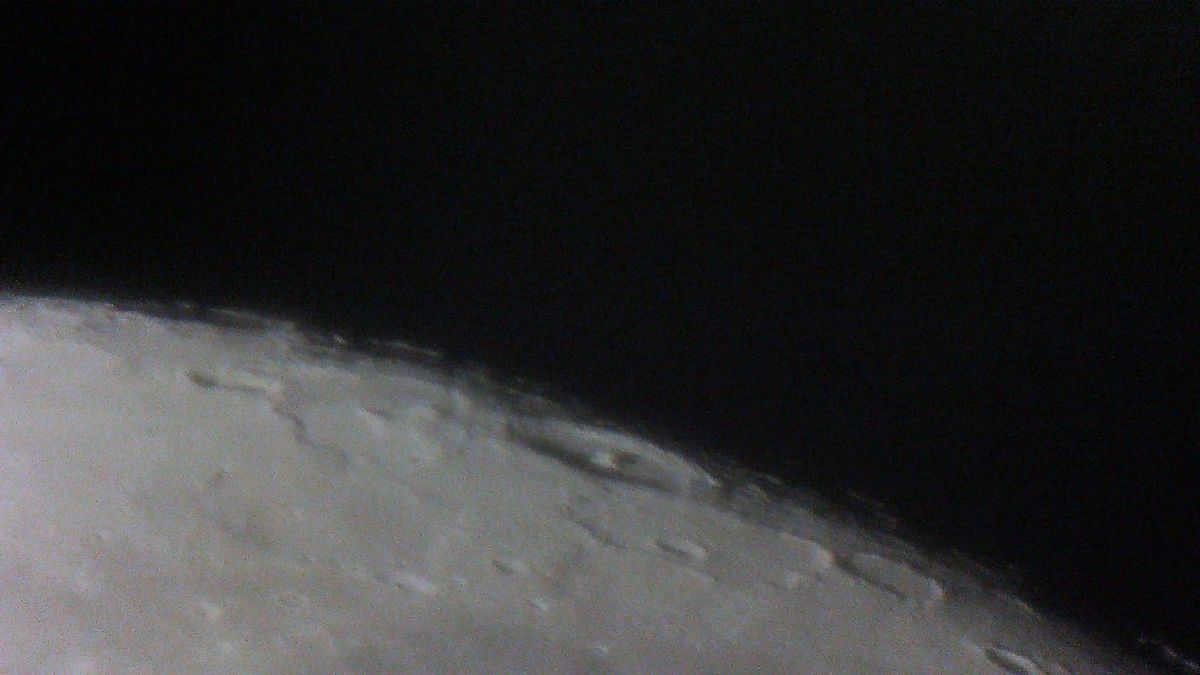
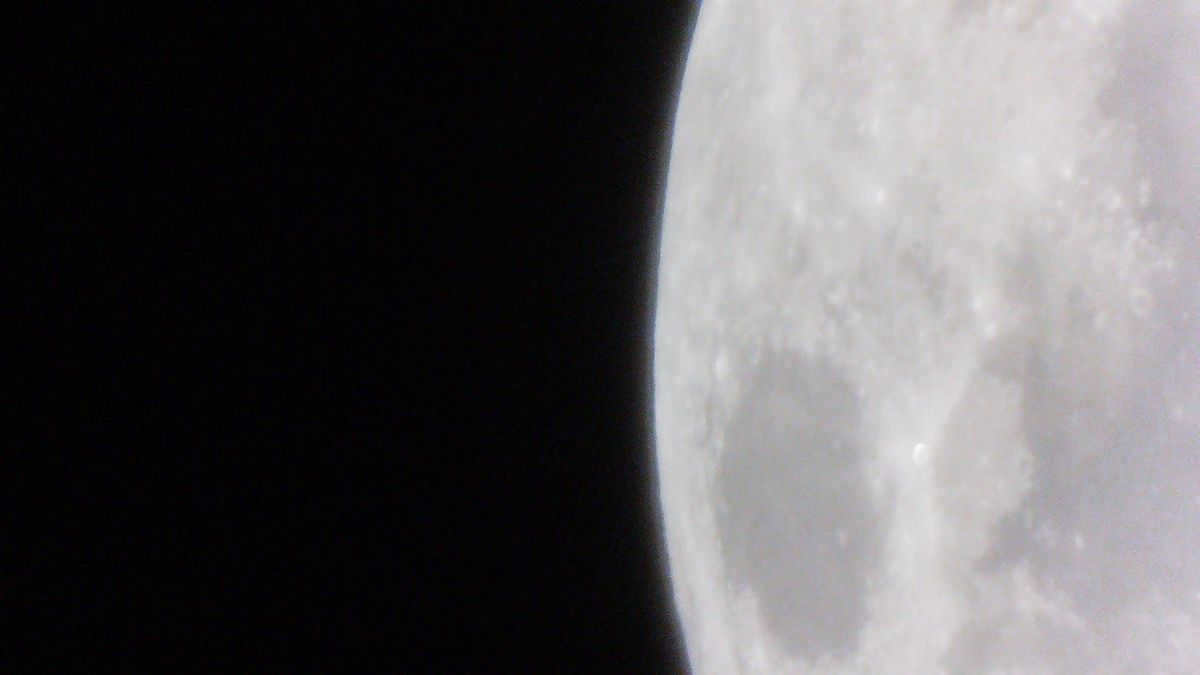
These images were captured using a software that records video streams, which we will discuss later. The Laptop-TE5ATM4J was utilized during the process.
As observed, the webcam’s capabilities are sufficient to generate an overview of the lunar surface. Although they are not masterpieces, they still provide us with the essential details. However, that is not satisfactory.
Eventually, we retrieved the SVBONY SV-105 gadget from our backpack. It is proudly referred to as a planetary camera on the manufacturer’s website, but in reality, it is merely a video eyepiece.
The camera utilizes plug-and-play functionality. Plug-and-Play and is Windows compatible. The video stream processor autonomously adjusts for low levels of light. Two USB connectors offer ample power and high-speed data transfer for live planetary viewing. The PC display shows exactly what the camera captures, with minor delays as usual.
Testing took place on Jupiter and Saturn.
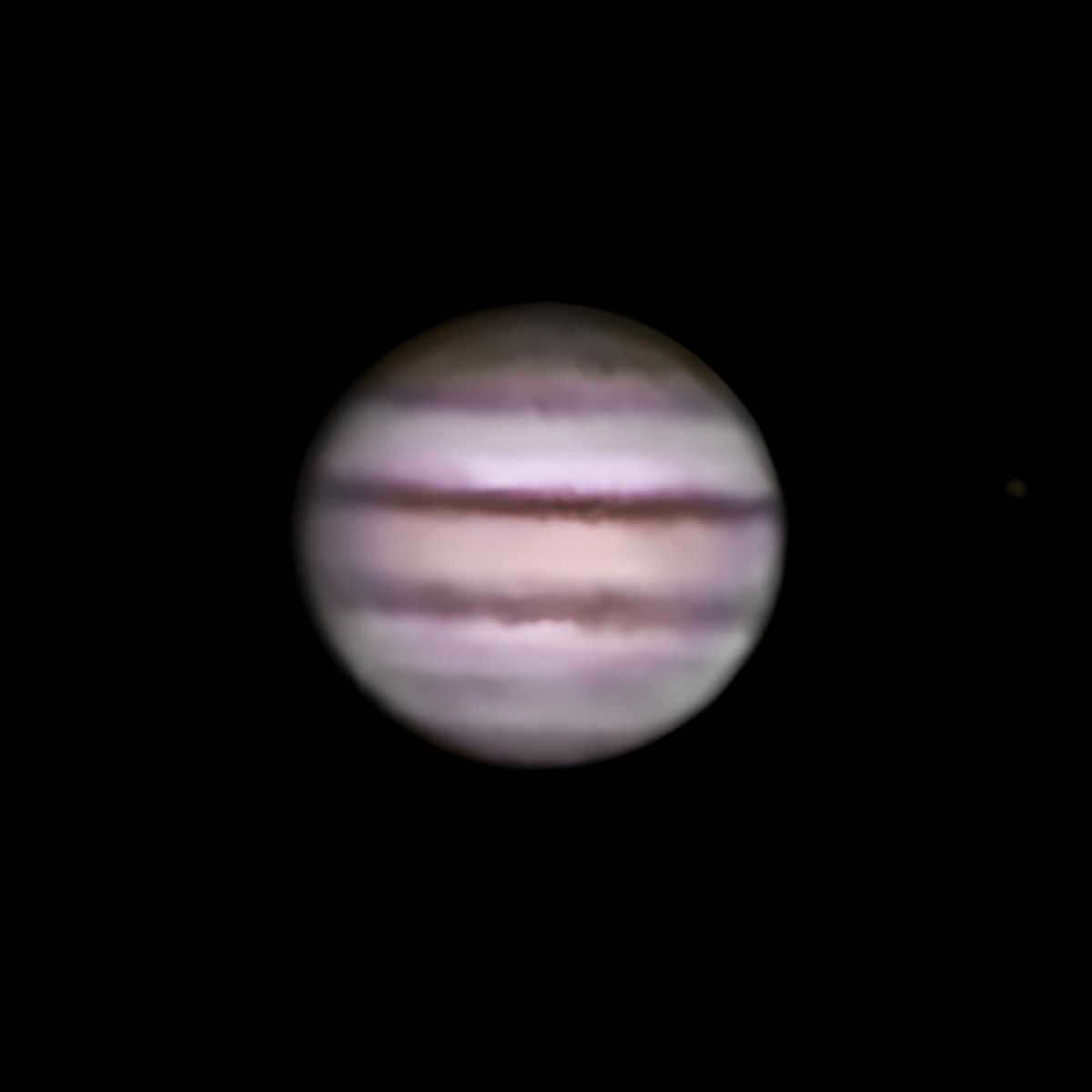
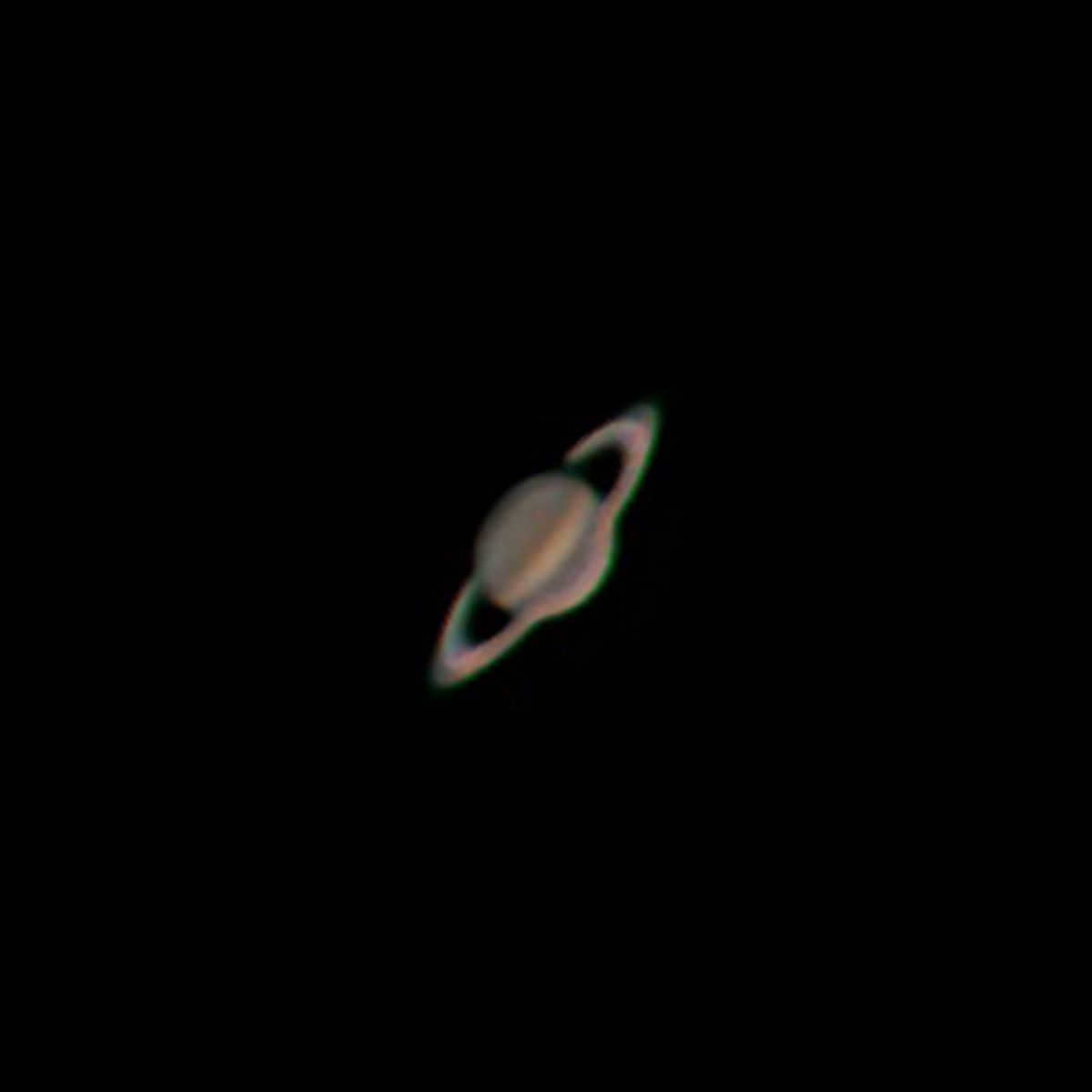
These photographs differ greatly from the ones taken by NASA. They were captured using inexpensive equipment, yet they still provide a glimpse into the appearance of the gas giants
It was discovered that in order to capture detailed images, the functionality of the telescope needed to be expanded. The solution was quite simple: incorporating the Sky-Watcher 2X 1.25″ Barlow lens.
The Barlow lens is an ideal option for those looking to enhance magnification. This lens acts as a dispersing lens, increasing the effective focal length of the telescope’s eyepiece while narrowing the field of view.
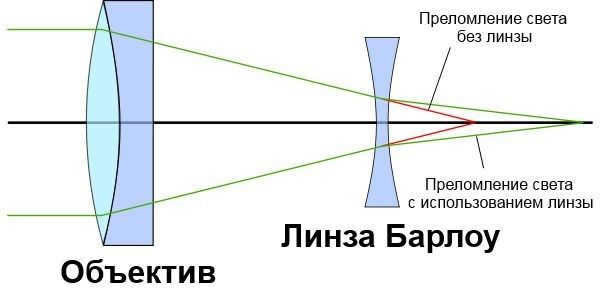
The Barlow lens increased the focal length of the telescope to 2500 mm, but this came at the cost of a decrease in image quality. When capturing astrophotographs, the level of detail in the atmospheres of Jupiter and Saturn was found to be quite poor. While it was still possible to observe cloud belts and rings on these planets, little else could be seen.
However, when it came to observing the Moon, this decrease in image quality was not as much of an issue. The Moon’s surface is bright enough to compensate for the loss of quality that occurs when manipulating the telescope’s optical system.
To reduce noise and simplify observations in the infrared range, we used the IR-650 filter, which blocks out the infrared spectrum. This filter was suitable for our study, especially considering our limited equipment.
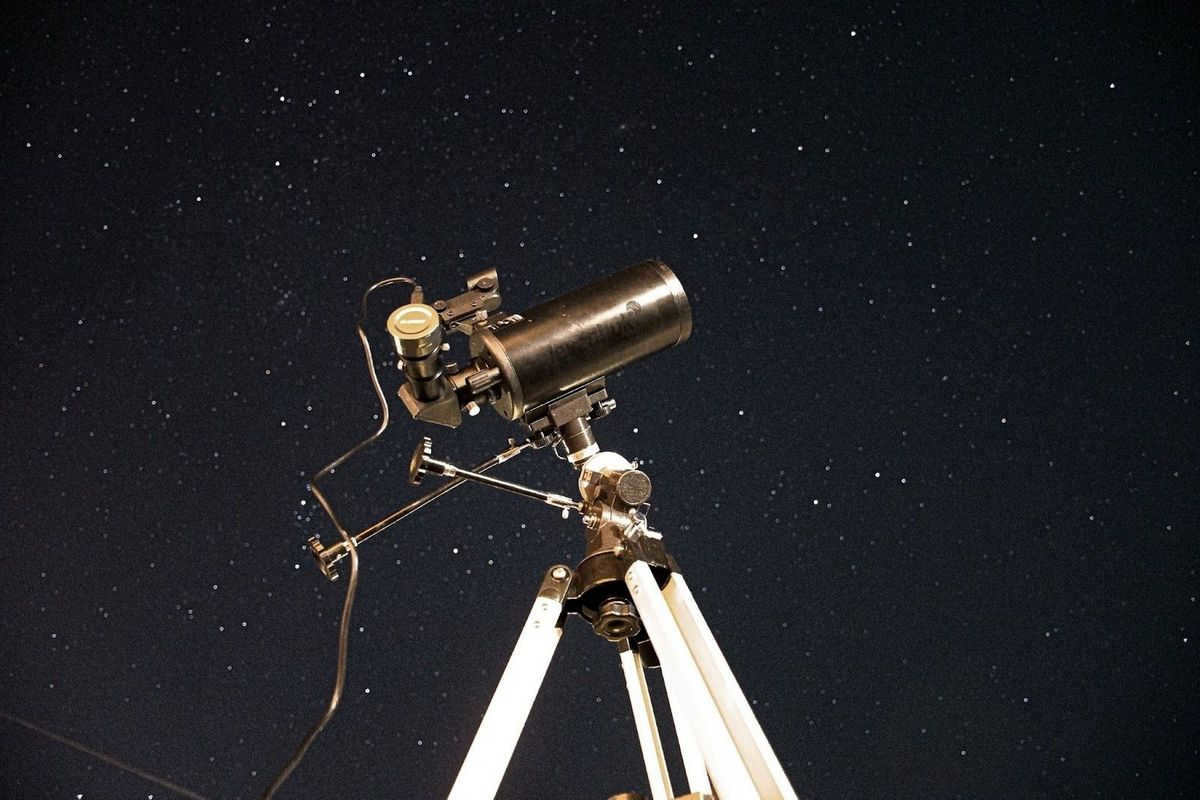

The calculation is straightforward. The Moon traverses the sky at a rate of approximately one degree of arc every 4 minutes. The telescope’s field of view measures 0.52 degrees. Consequently, the Moon will consistently “move away” from the observer.
The detrimental impact was mitigated by employing the EQ-1 equatorial mount equipped with precise adjustment knobs.
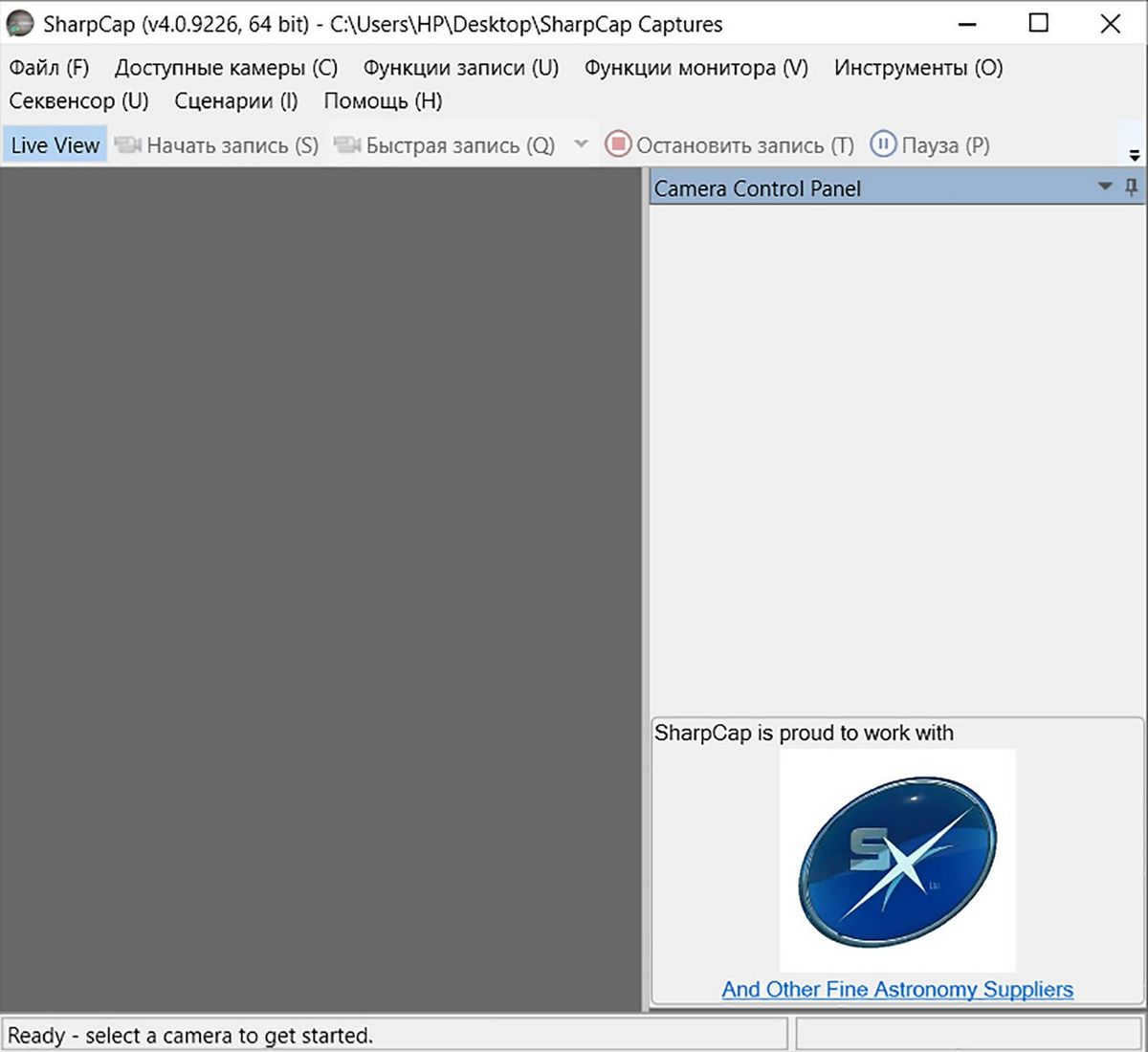
Dealing with Processing Issues
There was a problem with the instrumental part of the video. The resulting clips were in a very raw state and needed to undergo post-processing. Various issues such as shooting artifacts, atmospheric turbulence, and wind shake caused instability in the video. In order to address these problems, the set of frames had to be combined into one averaged image.
In the present day, astrophotographers have access to a wide range of free software that effectively resolves their tasks.
The video was fed into the program PIPP. Planetary Imaging Preprocessor is a freely available software that does not require significant PC resources and operates at an incredibly fast pace. The purpose of this software is to post-process the video, aligning and formatting it in a manner that will be comprehensible for the next step in the process.
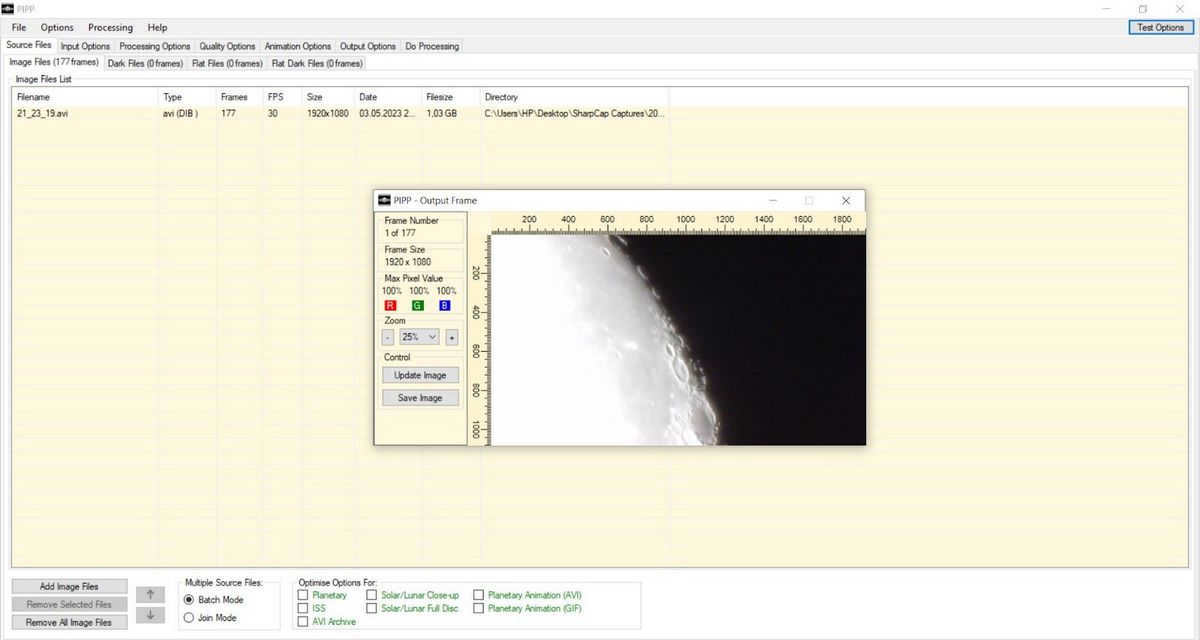

The following tool utilized was AutoStakkert. It’s difficult to determine its limitations.
Astrophotographers seldom capture celestial objects in a single shot. More often, they record a video clip ranging from a few seconds to an entire hour.
Overview video showcasing shots of the lunar surface. Observe the displacement of the disk relative to the observer.
The partially completed product is fed into AutoStakkert’s computational furnace, which focuses on incorporating frames.
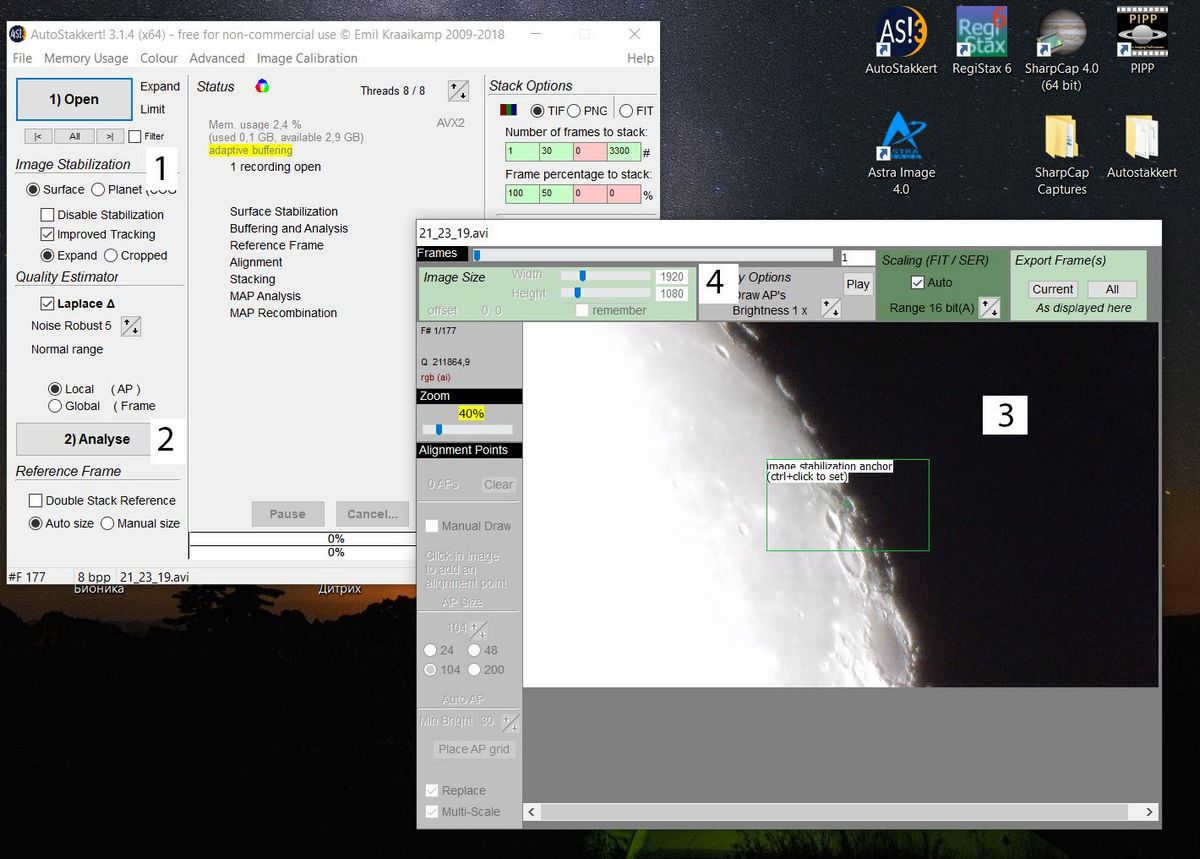

Why is it crucial to define the stabilization region? The software needs to identify the portion of the video that remains constant throughout. This serves as the primary reference point.
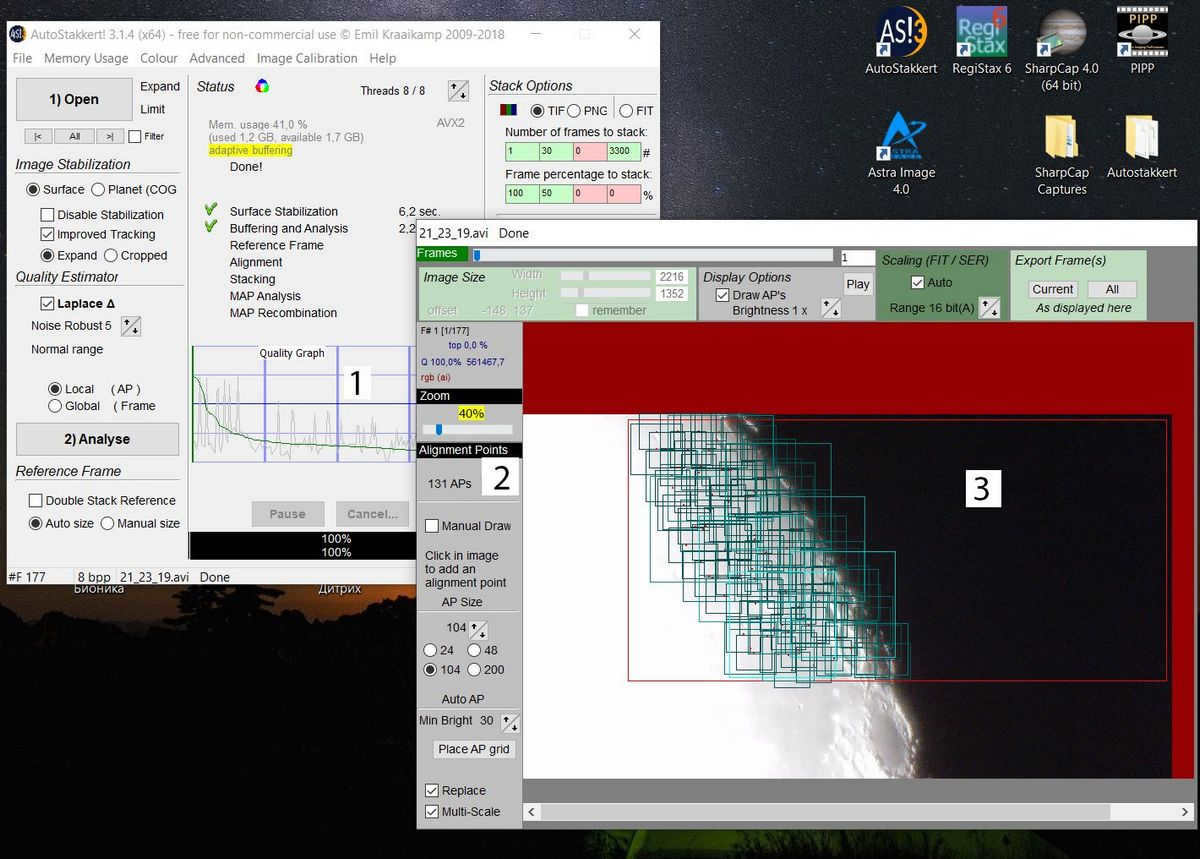
By utilizing the PLACE AP GRID tool, we have chosen the alignment points that coincide with the most contrasting areas of the surface (indicated by blue rectangles). Subsequent processing was then carried out with these points serving as the orientation.
Autostakkert autonomously selected the shots with the highest quality and proceeded to align them.
The inclusion of a greater number of high-quality shots in the process will result in a better final product. Conversely, the presence of low-quality frames in the stack can negatively impact the end result. Typically, around 30% of the captured frames are deemed “worthy” of being stacked.
The received images were edited in a photo editor to make final adjustments. In the editor, we made small changes such as adjusting the exposure, enhancing the color accuracy, and reducing unwanted noise.
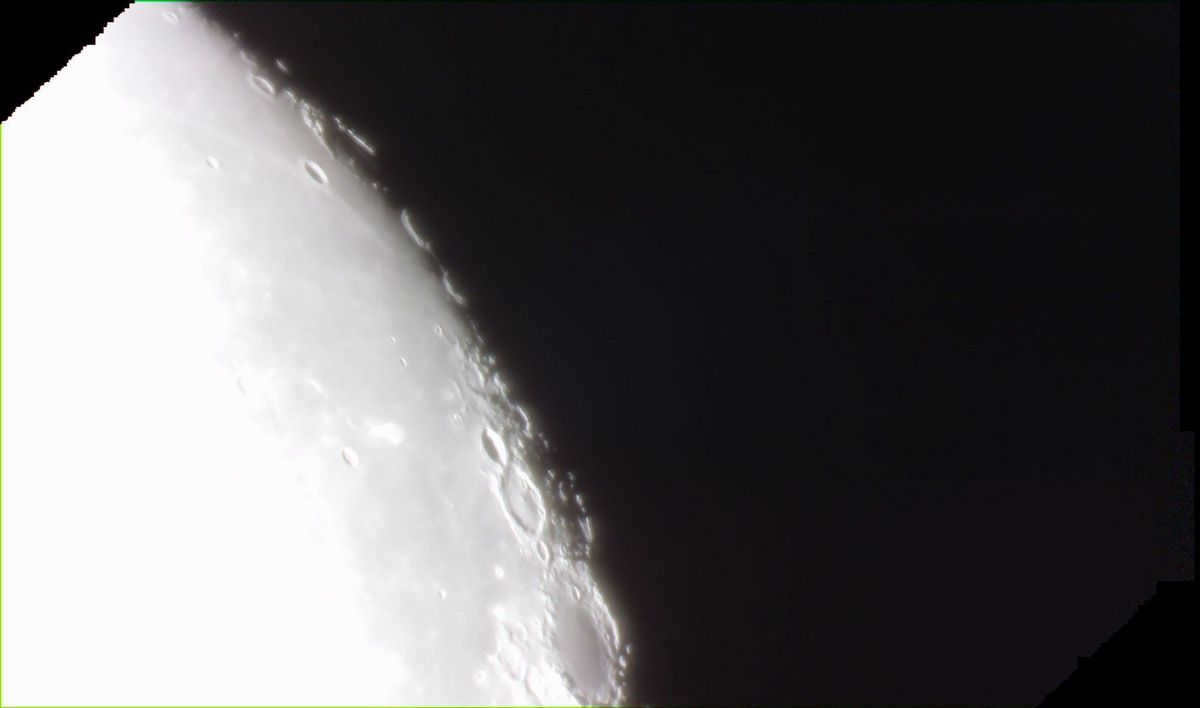
After processing, the images are displayed in an overview:
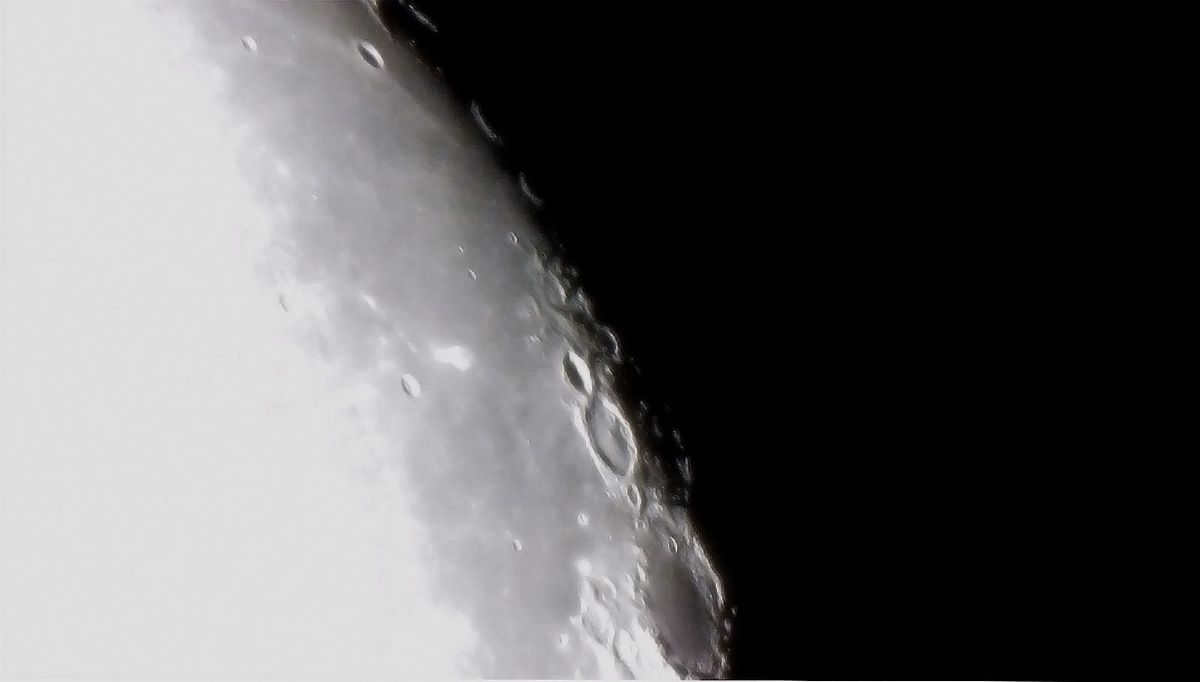
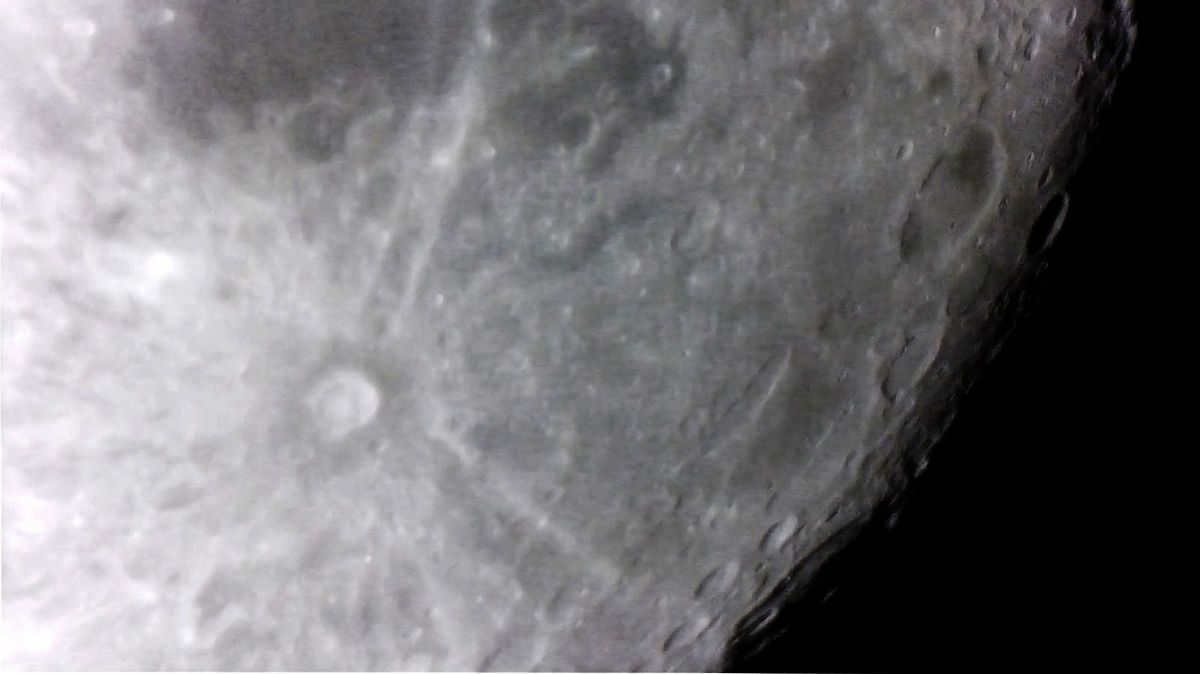
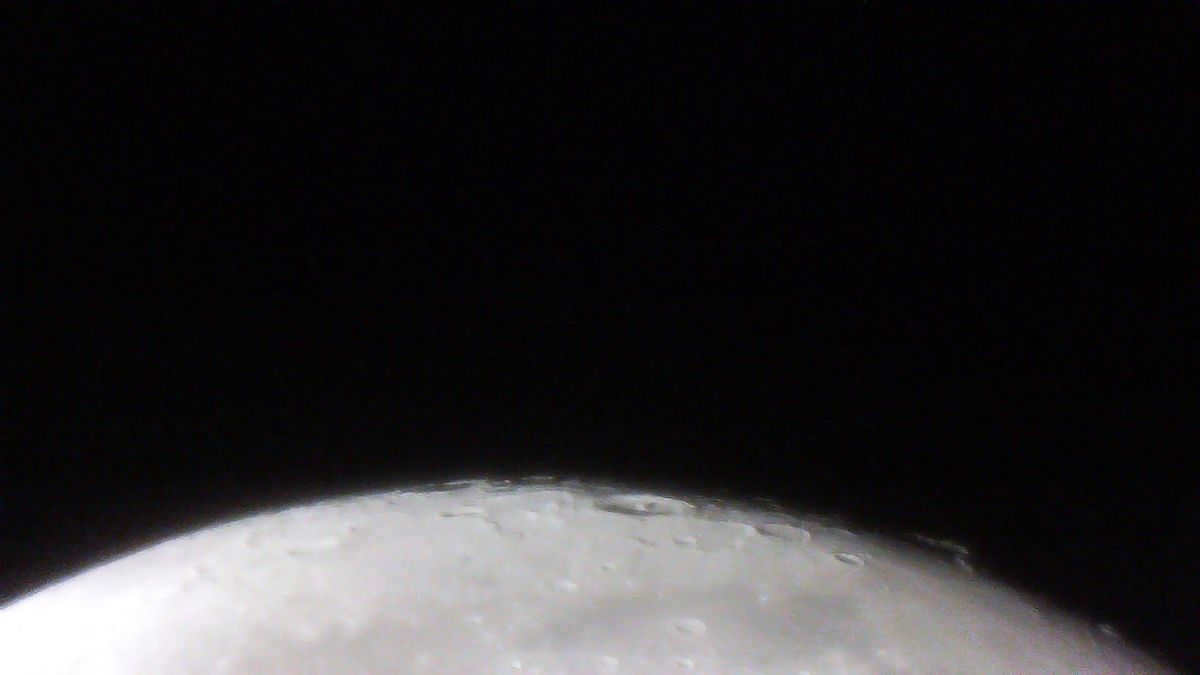
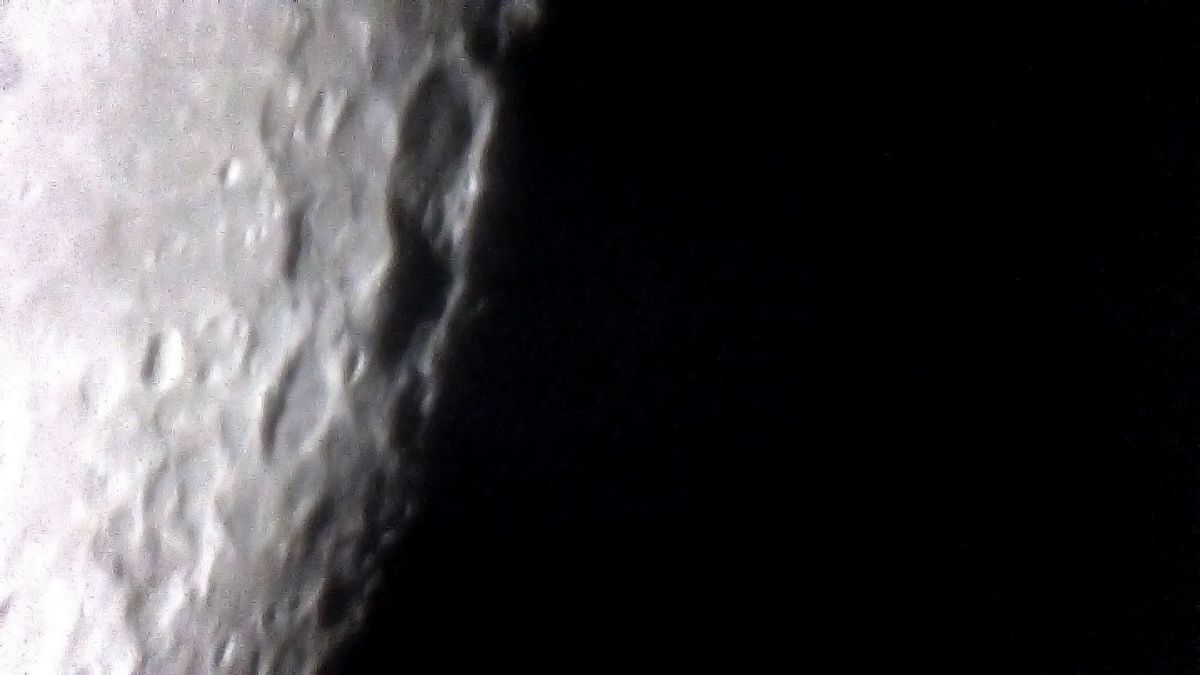
This research has produced some unusual findings. We were unable to observe any anomalies, but does this imply that short-term lunar phenomena are fundamentally unobservable?
These phenomena occur under a variety of conditions that are nearly unpredictable.
Utilizing highly skilled techniques, we were able to capture several images with a resolution ranging from tens to hundreds of kilometers per pixel. The larger features of the lunar surface resemble what is depicted in astronomical atlases. It is feasible to determine from the images which areas of the moon were within the field of view. Therefore, if a short-term lunar phenomenon had occurred at that specific time and location, it would have been captured by the astrocamera.
Final Thoughts
The conclusion of this exploration reveals the astonishing nature of the elderly Moon. The occurrence of brief lunar phenomena adds a new dimension to the study of our celestial neighbor. It is worth noting that astronomy is one of the few scientific fields that gladly welcomes contributions from amateurs. These individuals often possess advanced equipment, demonstrate unwavering determination, and willingly dedicate themselves to the pursuit of knowledge as an act of passion rather than seeking recognition.
For those who approach their observations with meticulousness, meticulously document their findings, refrain from pursuing unidentified flying objects, and respect the laws of physics, there is the potential to make a lasting impact as the discoverer of a minor phenomenon.
- http://user.astro.columbia.edu/~arlin/TLP/
- http://user.astro.columbia.edu/~arlin/research.html
- https://www.sciencedirect.com/science/article/abs/pii/0019103572900814
- https://www.nasa.gov/mission_pages/apollo/index.html
- https://www.lightpollutionmap.info/
- https://www.lpi.usra.edu/lunar_sourcebook/
- https://science.nasa.gov/science-news/science-at-nasa/2006/15mar_moonquakes/
Written by: Nikita Ignatenko, Ivan Ignatenko.
A UFO visited and left a special offer for our blog readers: Save 15% on any VDS order (excluding the Warming tariff) – Use the promo code HABRFIRSTVDS
The Moon, which is large and bright, acts as a cursor on the celestial “screen”. It moves across the zodiacal belt, allowing it to “visit” 16 constellations. These include the 12 zodiacal constellations: Aries, Taurus, Gemini, Cancer, Leo, Virgo, Libra, Scorpio, Sagittarius, Capricorn, Aquarius, Pisces, as well as the constellations within the zodiacal belt: Ascendant, Serpentor, Whale, Orion, Sextant.
It is interesting to note that the Moon, except during the new moon phase, serves as an unintentional indicator of various constellations almost every night. This can be helpful for beginners who are studying the zodiacal constellations. All they need is a schedule, some simple rules*, and a starry sky map or, even better, a map-chart of the specific constellation they are studying. It is no wonder that the Moon was referred to as a star shepherd in ancient times!
Therefore, the timetable for the Moon’s movement through the constellations in May 2023 (Moon-cursor with previous and subsequent history):
25.06.2023 at about ** 10:00 AM – Moon located in the constellation of Virgo;
06/26/2023 10:50 AM – Moon reaches its first quarter;
28.06.2023 00:20 – Moon will pass above the star Spica;
29.06.2023 02:00 AM – Moon positioned in the constellation of Libra;
30.06.2023 after ** 5:00 PM – Moon found in the constellation of Scorpio;
July 2023
can be paraphrased as
July of the year 2023
.
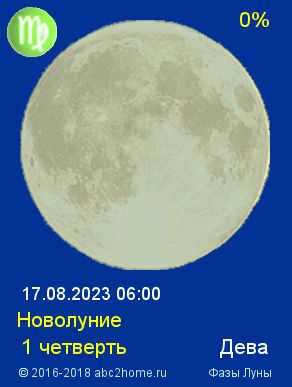
This July, Venus, the highlight of the evening sky, will descend from its prominent position.
On July 5, 2023, Venus will reach its peak brightness, shining at a magnitude of -4.47. After July 14, the planet’s brightness will start to diminish rapidly.
On July 20, 2023, the Moon will have its final close approach of the year. Don’t miss the opportunity to observe it alongside the beautiful evening Venus.
During most of July, the dominant constellation in the zodiac is Sagittarius. Sagittarius, the zodiacal constellation, and starting from July 21, the constellation of Capricorn Capricorn .
As the month progresses closer to midnight, you can also find the constellations Serpent (tail) located above the ecliptic in the southern sky, Shield and Eagle, and even higher up are the constellations Hercules, Lyra, and Swan.
When observing from Moscow and its suburbs at midnight, the constellation at the zenith is Swan (since July 7).
In the evening sky, the autumn-summer triangle rises higher and higher and reaches its peak at midnight by the end of July.
Meteor streams:
The most notable meteor streams in July are the Southern Delta Aquariids (Aquarius). The parent body of the stream broke up a long time ago and is the progenitor of the two modern families of near-solar comets, Marsden and Kracht. The maximum intensity of this stream is reached on July 28-30, with the date of the maximum varying ± 1 day.
In July, the zodiacal constellation Sagittarius culminates exactly at midnight, followed by the constellation Capricorn starting on July 21 (Fig.2).
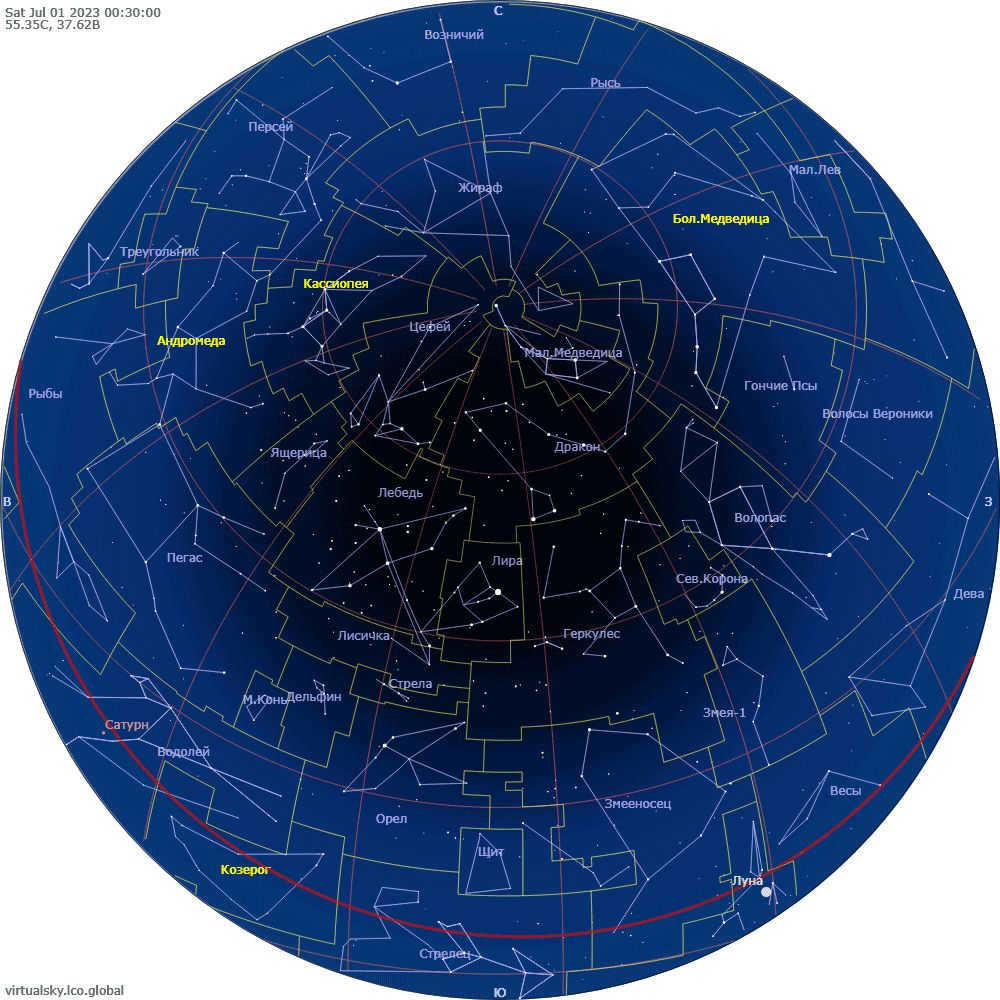
Figure 2: Captivating View of the Starry Sky over Moscow on Midnight of July 1, 2023

Visit our Constellations page to access our virtual planetarium.
Figure 2: Click on the image to enlarge the starry sky over Moscow at midnight on July 1, 2023.
The Moon in July of 2023
August 2023
In the month of August in the year 2023, we will be experiencing the height of summer. The days will be long and hot, perfect for outdoor activities and enjoying the sunshine. It is a time when many people take vacations and travel to different destinations. Whether you prefer the beach, the mountains, or exploring a new city, August offers endless possibilities for adventure. So make the most of this month and create memories that will last a lifetime.
01.08.2023 21:32 – Super Moon (also known as a supermoon or Big Moon);
02.08.2023 23 hours – Moon in the Aquarius constellation;
03.08.2023 14:43 – Moon-Saturn conjunction (Moon under Saturn);
05.08.2023 02 hours – Moon in the Pisces constellation;
05.08.2023 16 hours – Moon in the Whale constellation;
06.08.2023 00 hours – Moon in the Pisces constellation;
07.08.2023 06 hours – Moon in the Aries constellation;
08.08.2023 11:13 – Jupiter and the Moon converging (Jupiter is lower than the Moon);
08.08.2023 13:28 – Moon in last quarter ;
09.08.2023 07 hours – Moon in the Taurus constellation;
10.08.2023 10:40 – The Moon will pass above the star Aldebaran.
* The Moon travels along the ecliptic line in the starry sky, but it can deviate from it by an angle of up to 5 degrees.
Compared to the stars, the Moon moves in the opposite direction of its daily path, and when it crosses the boundary of a constellation, that constellation is to its left.
**The Moon moves across the starry sky at an average speed of 33 angular minutes per hour, which means that in an hour it covers a distance roughly equal to its visible diameter from the surface of the Earth. Therefore, it doesn’t make sense to specify the exact time when the Moon crosses the borders of constellations down to the minute, especially considering that the Moon itself takes almost an hour, and sometimes even more, to pass through this boundary.
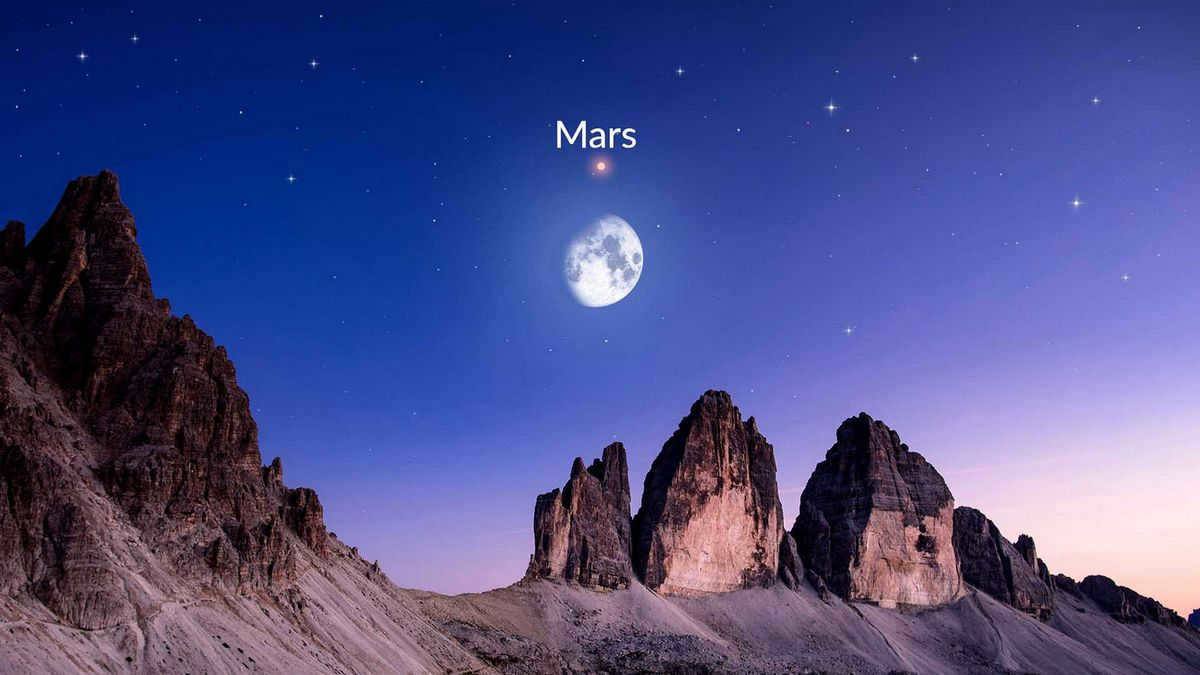
On November 25, 2020, the waxing Moon will be visible near the Red Planet in the sky. In this article, we will discuss the two terms that are used to describe this event in astronomy, as well as provide guidance on how to observe it.
Appulse and Conjunction
Astronomers use two terms to explain the closeness of celestial bodies to each other. The term appulse is used to describe the moment when two objects come closest to each other, visible from Earth. On the other hand, conjunction is the moment when two celestial bodies have the same direct ascension, which is similar to geographical longitude. It is important to note that the exact times of appulse and conjunction may differ and sometimes appulse may occur without conjunction.
Alignment of the Moon and Mars
At 22:46 Moscow time on November 25, there will be an alignment of the Moon and Mars, with both celestial bodies having the same direct ascension. During this alignment, the Moon will be visible in the China constellation, shining brightly with an apparent sidereal magnitude of -12.3, while Mars will be in the neighboring Pisces constellation, shining with a sidereal magnitude of -1.3. A little later, at 02:59 Moscow time, there will be a close approach – Mars and the Moon will come within a minimum visible distance of 4°27'.
Please take note: while we consistently document the precise timing of conjunctions and appulsions in our articles, it should not be inferred that the convergence of celestial bodies can only be observed within these brief time frames. Between November 24 and 26, the Moon and Mars will be in sufficient proximity to one another to allow for the gradual observation of their approach and subsequent separation over the course of three complete nights!

